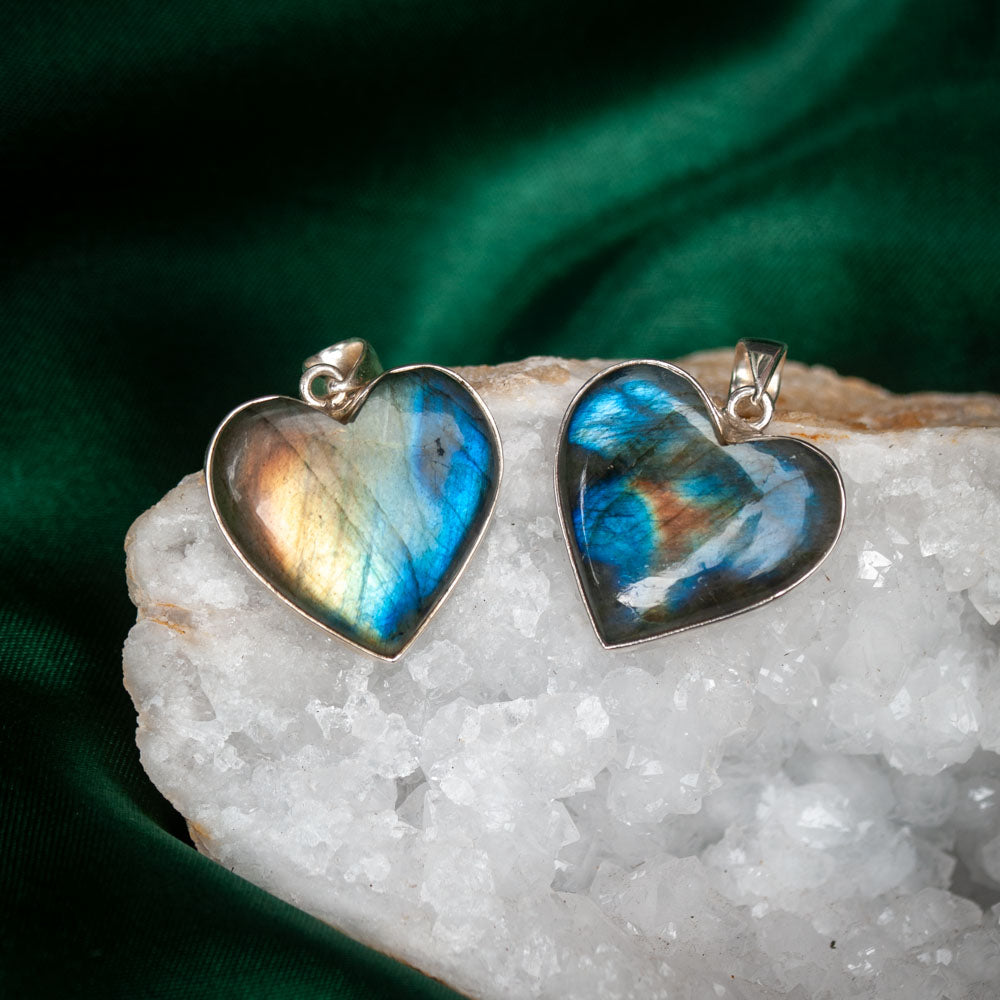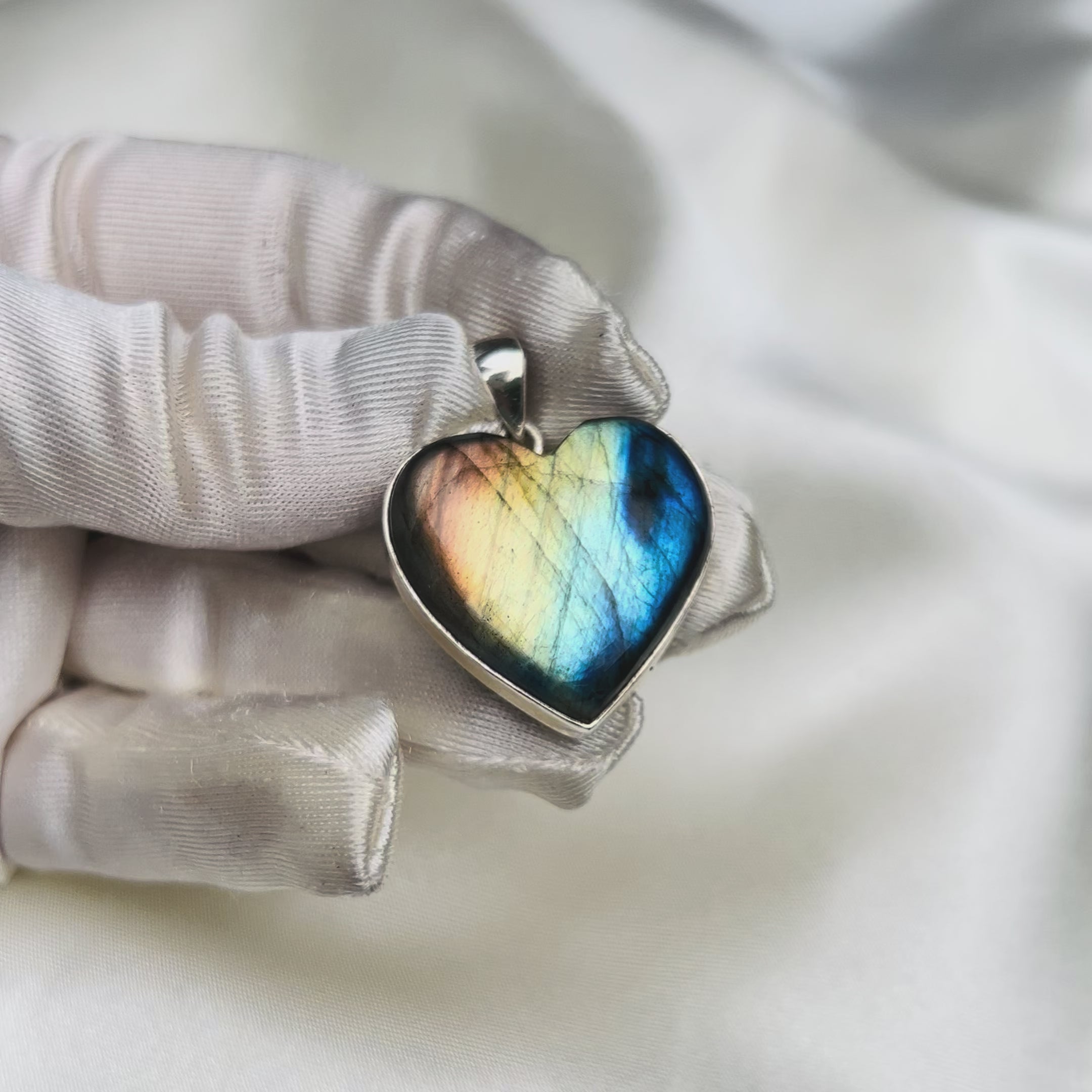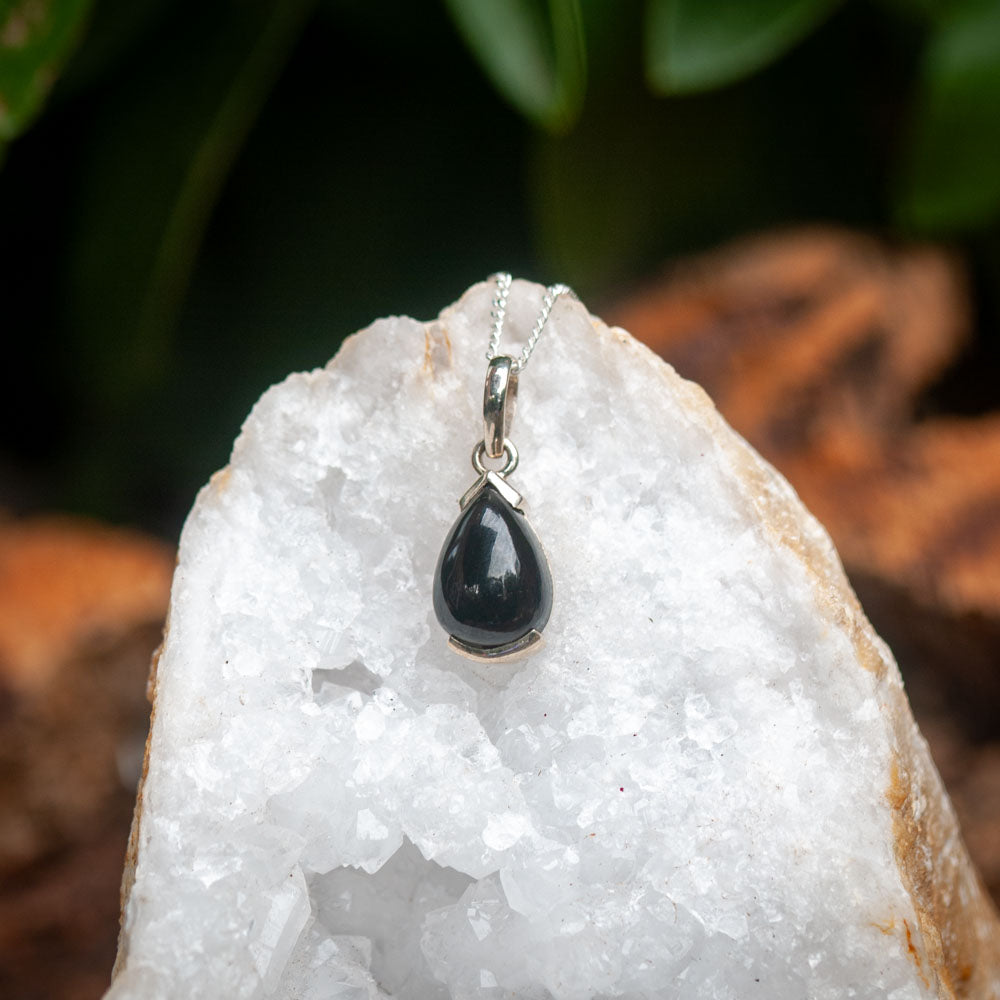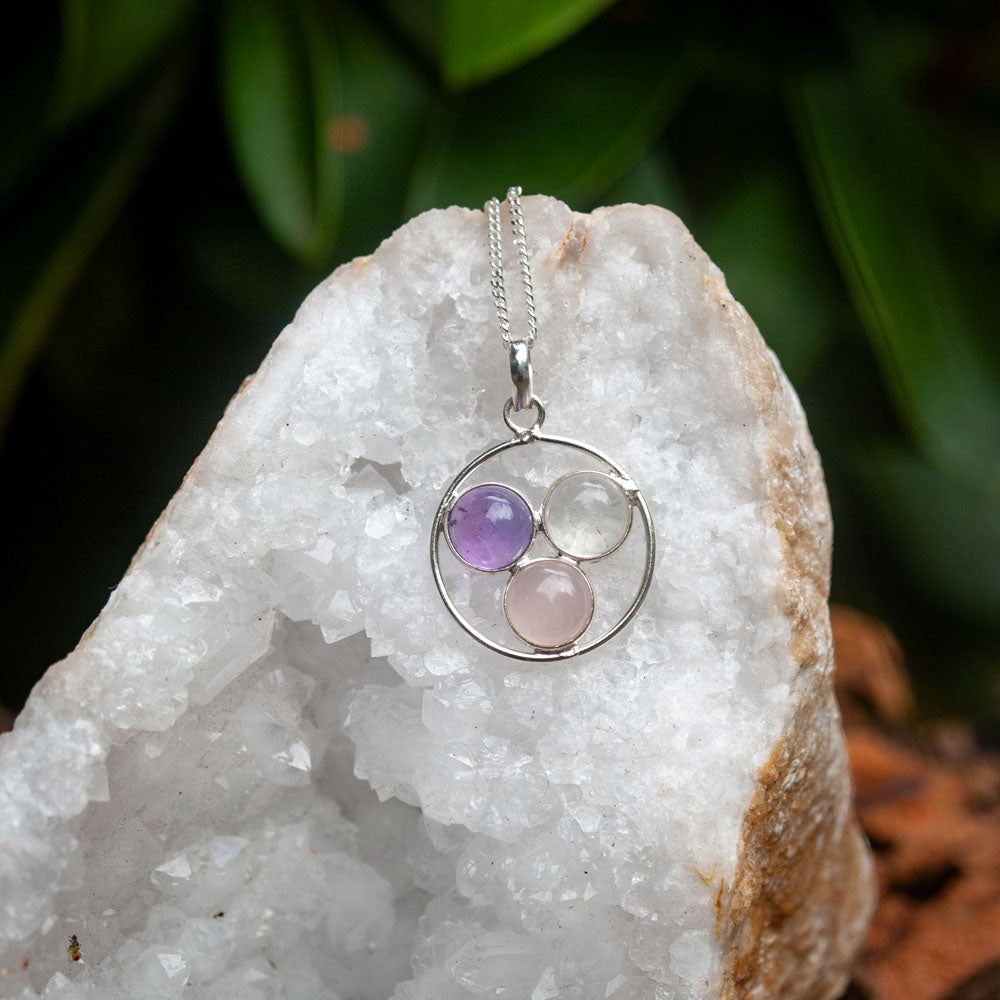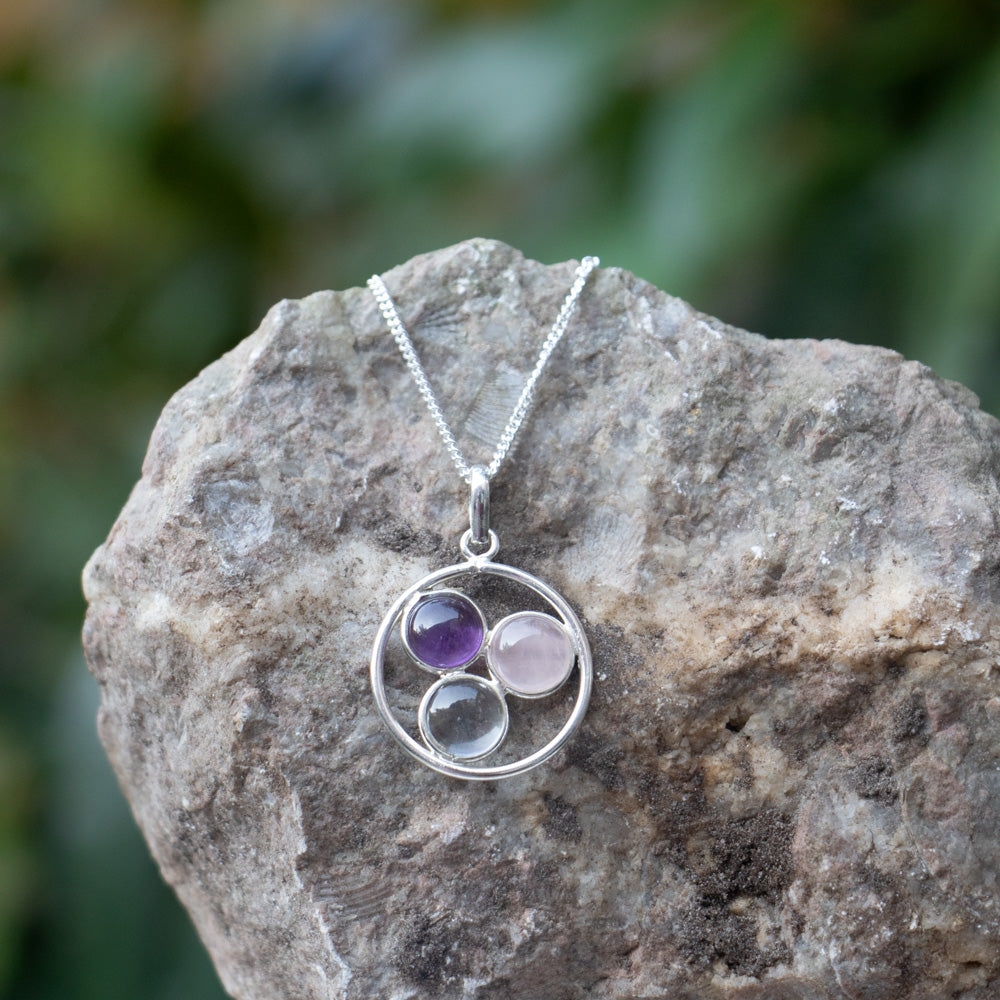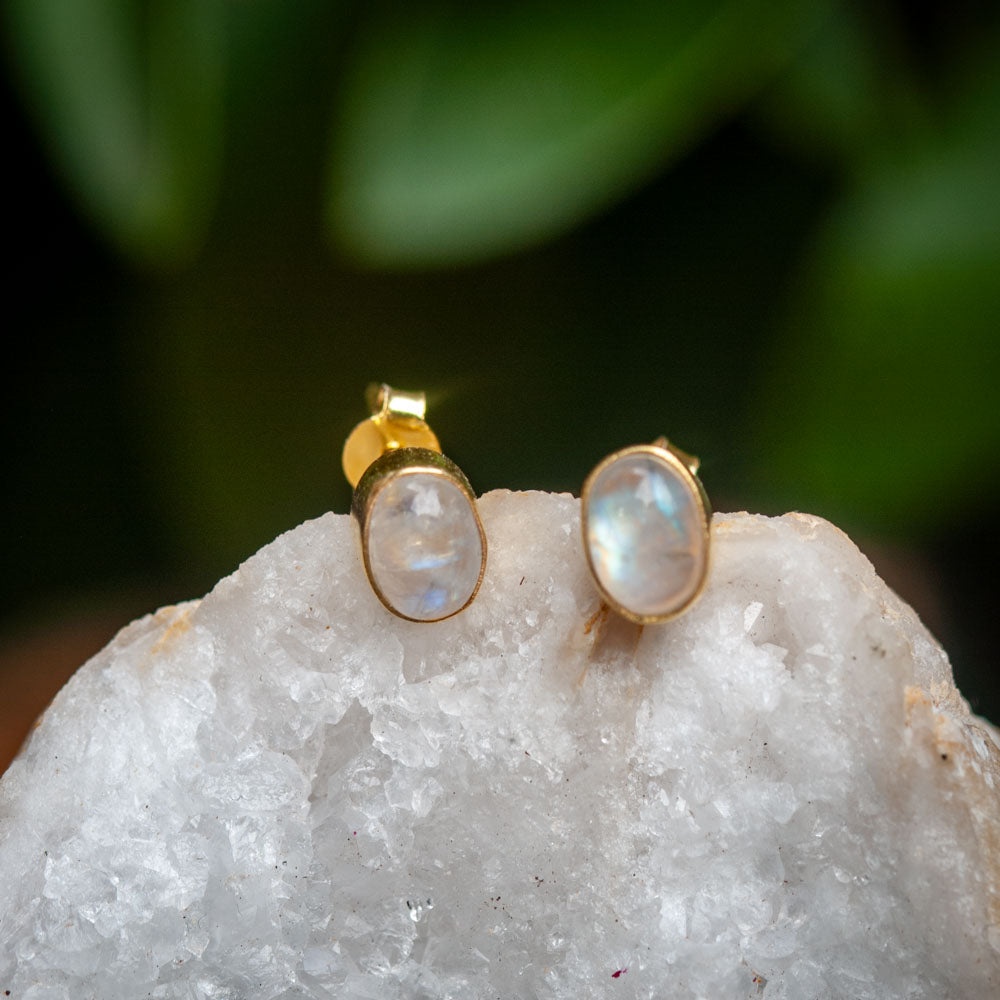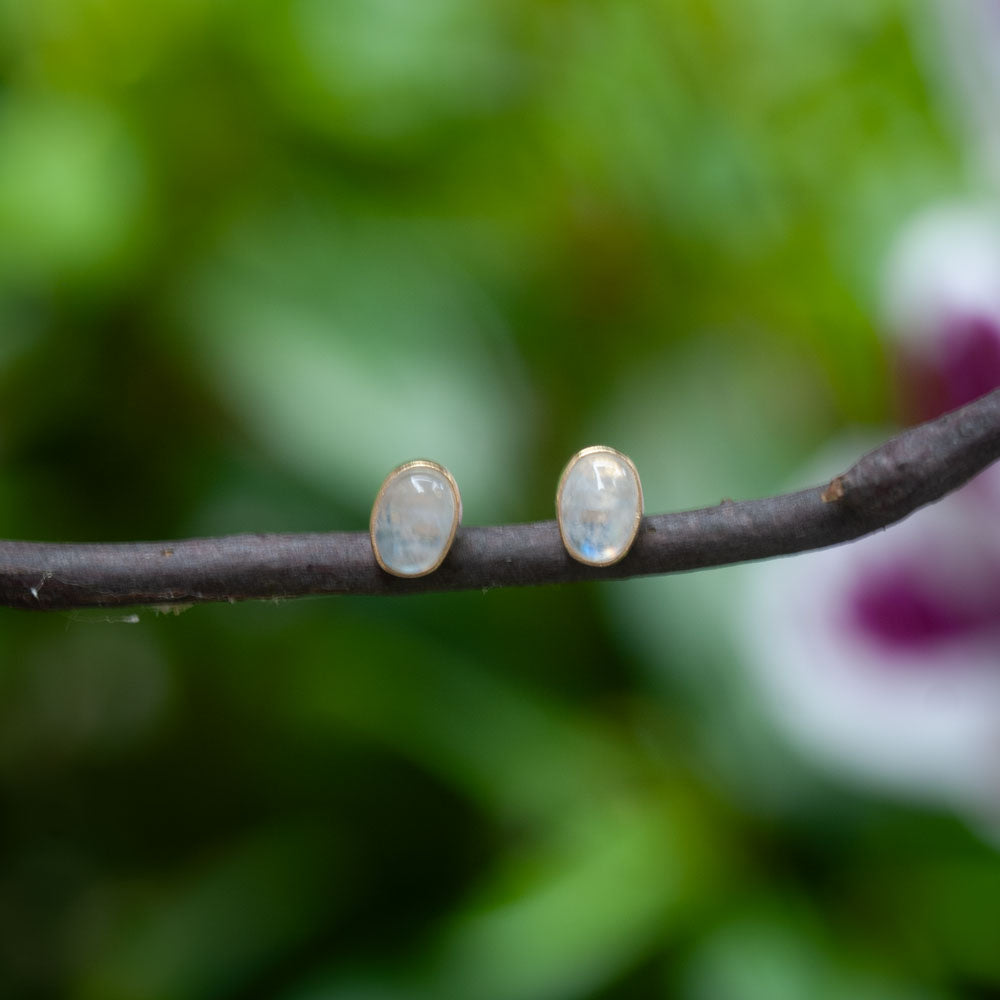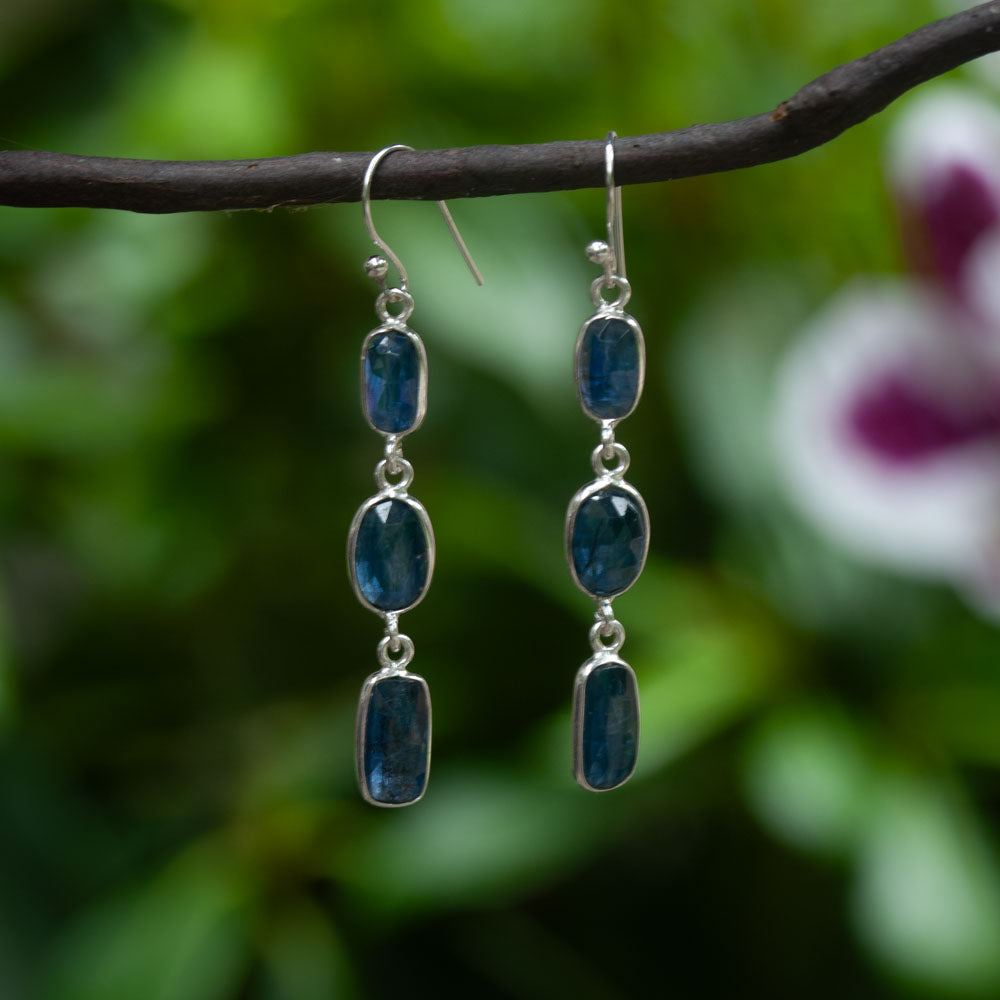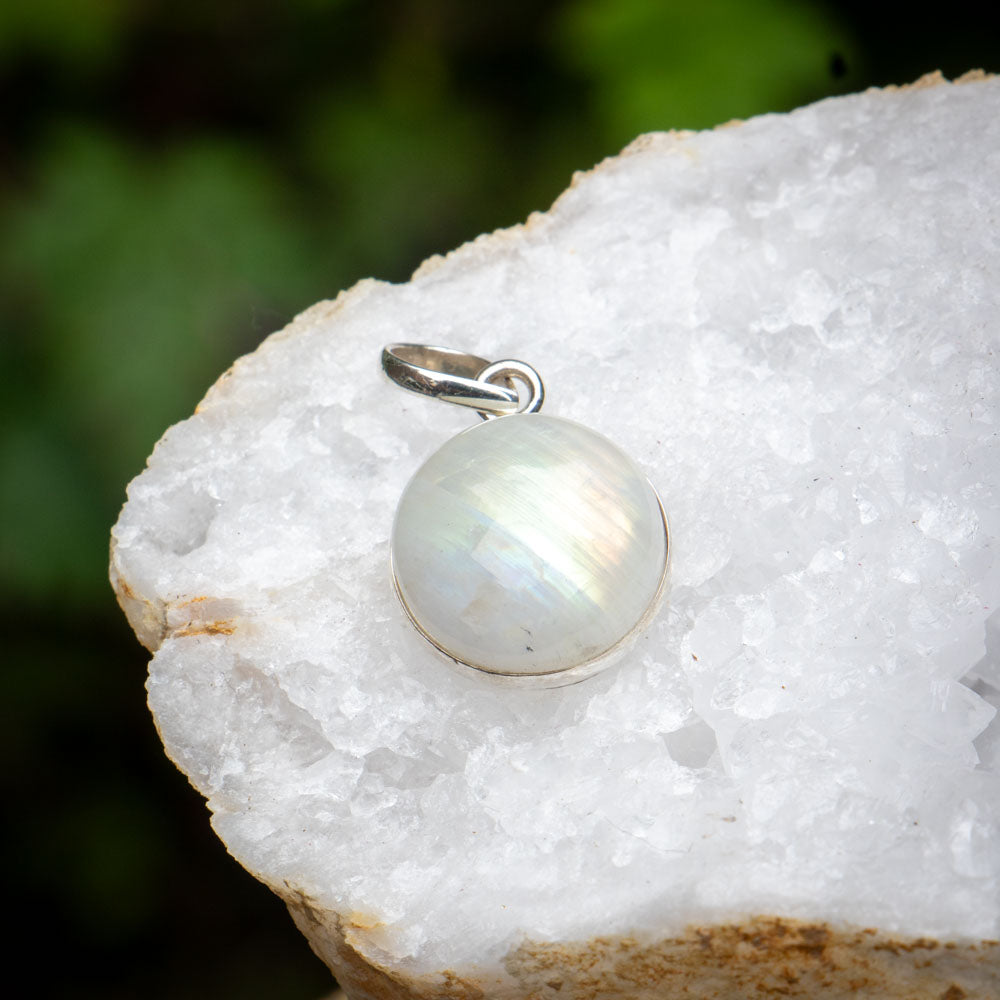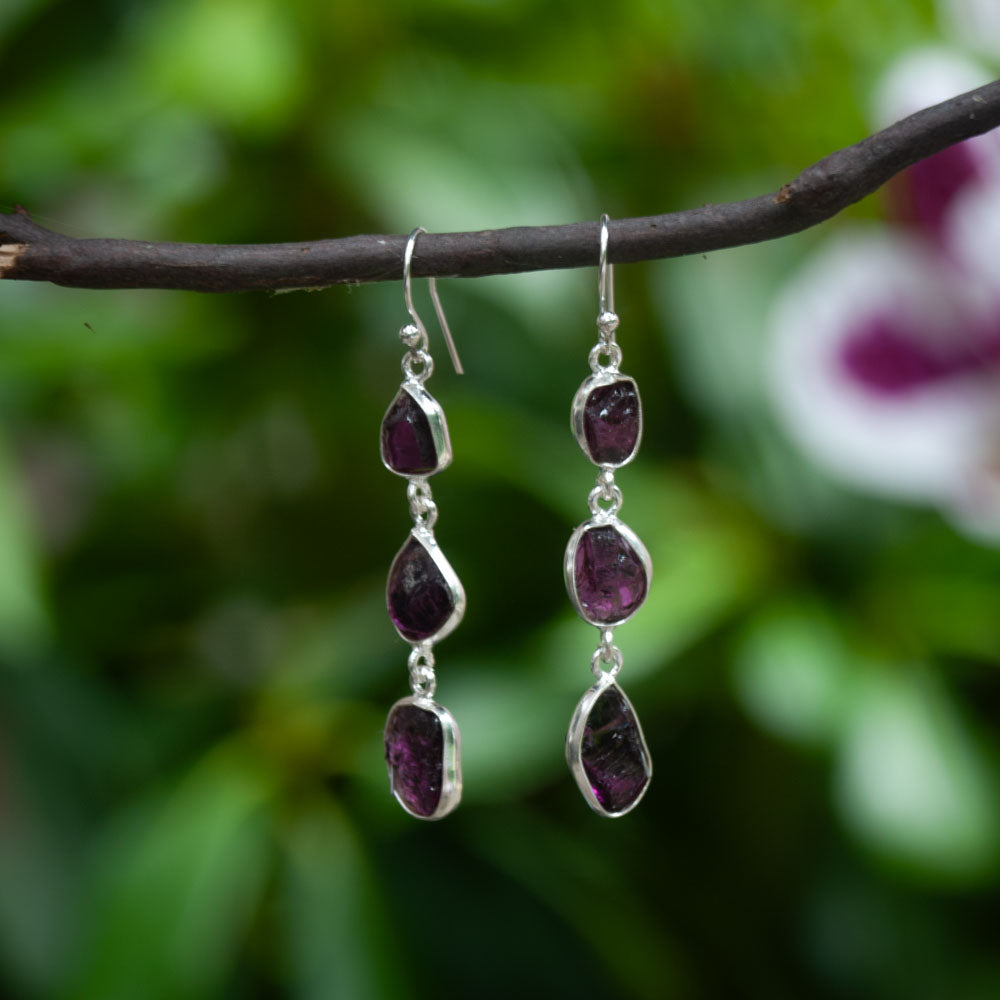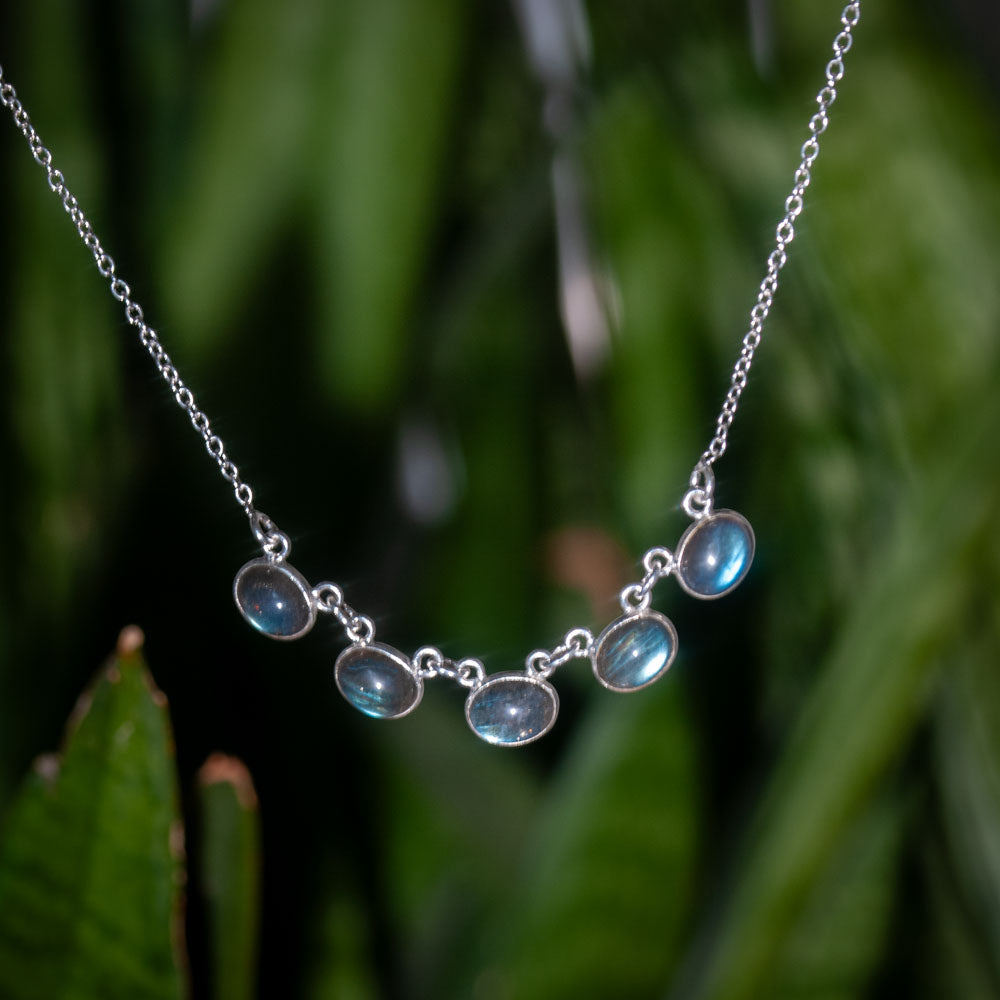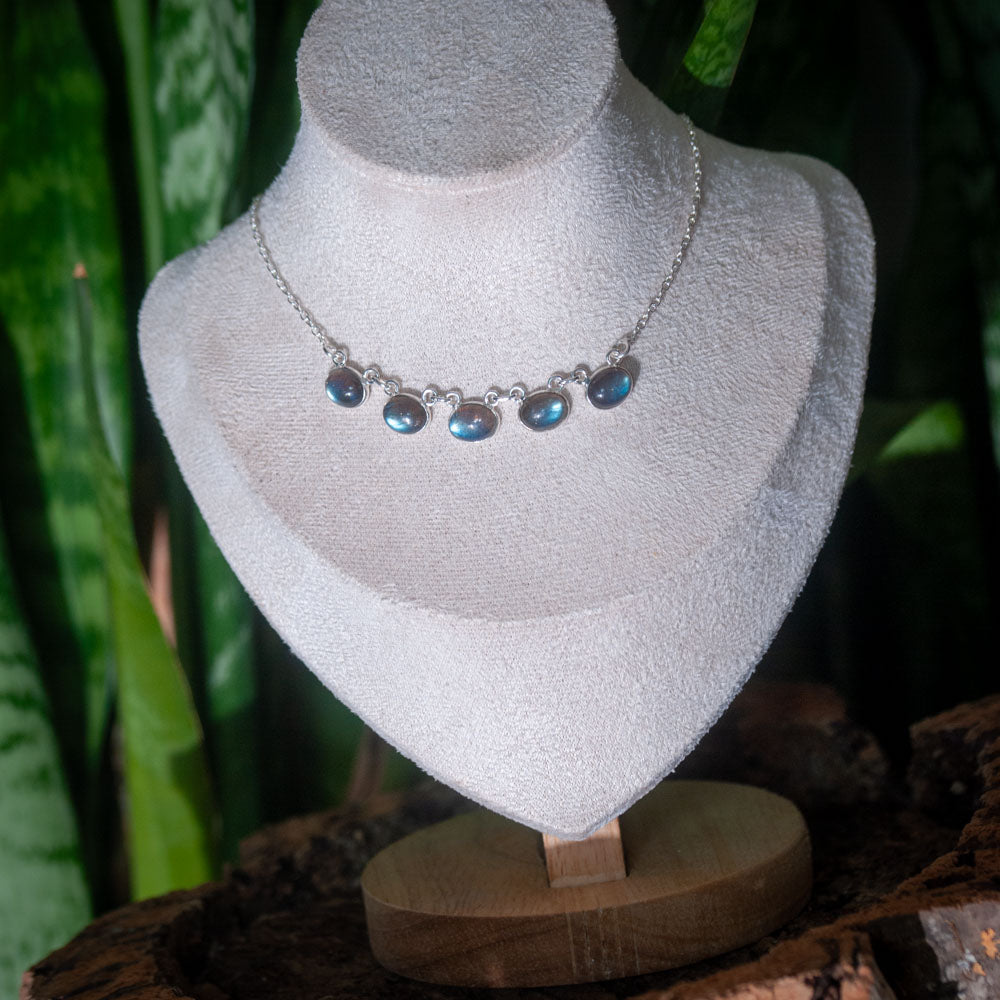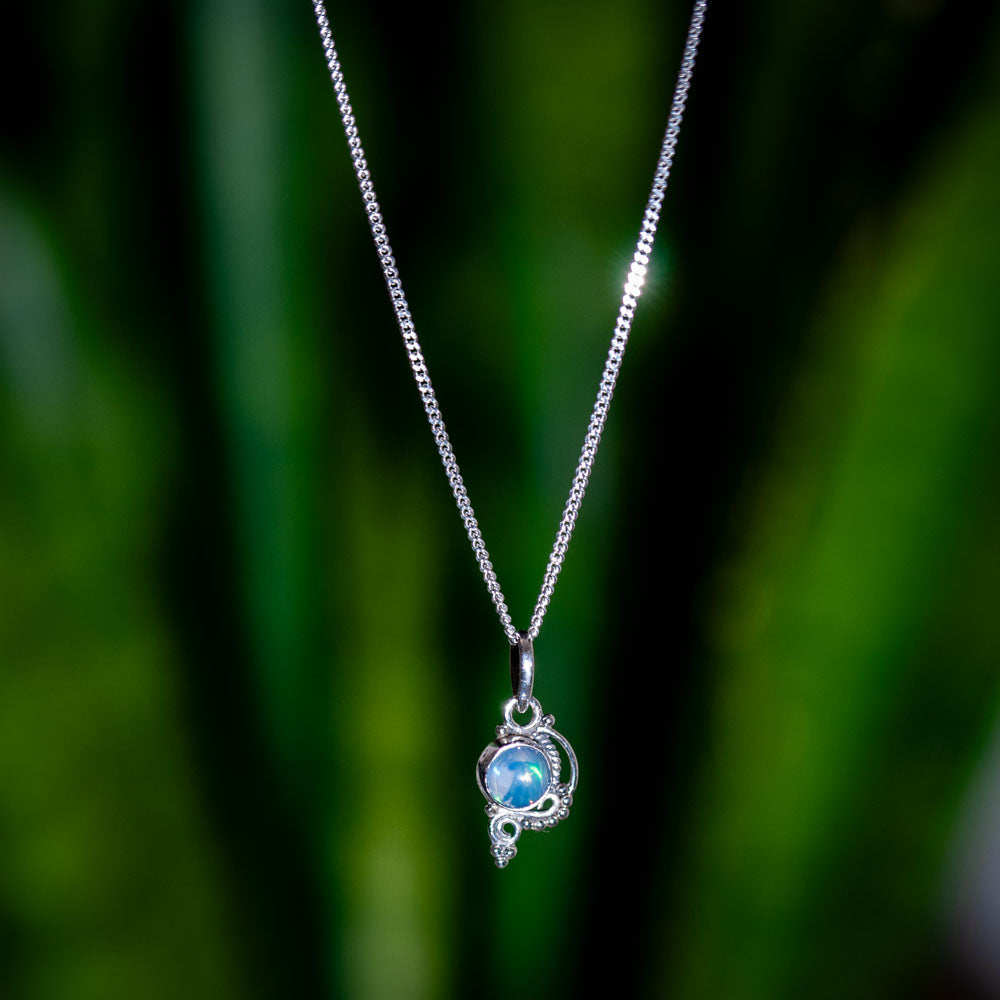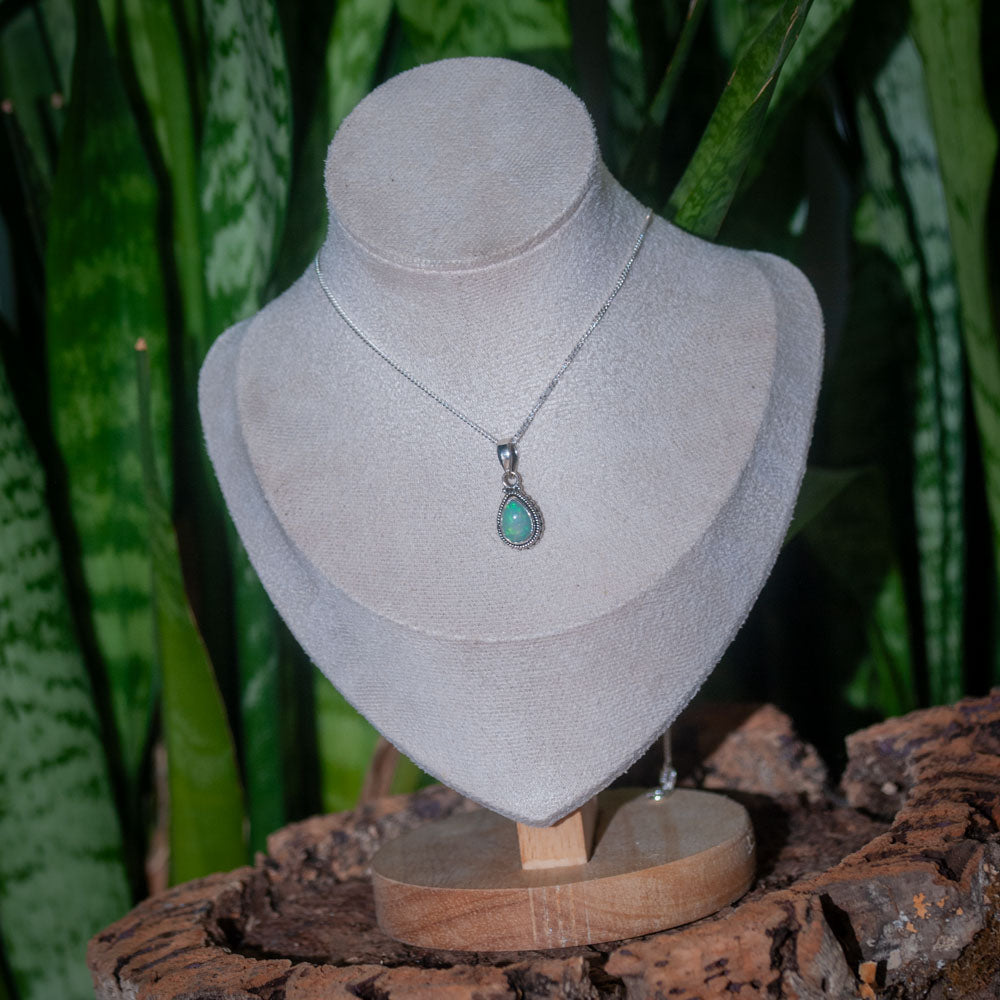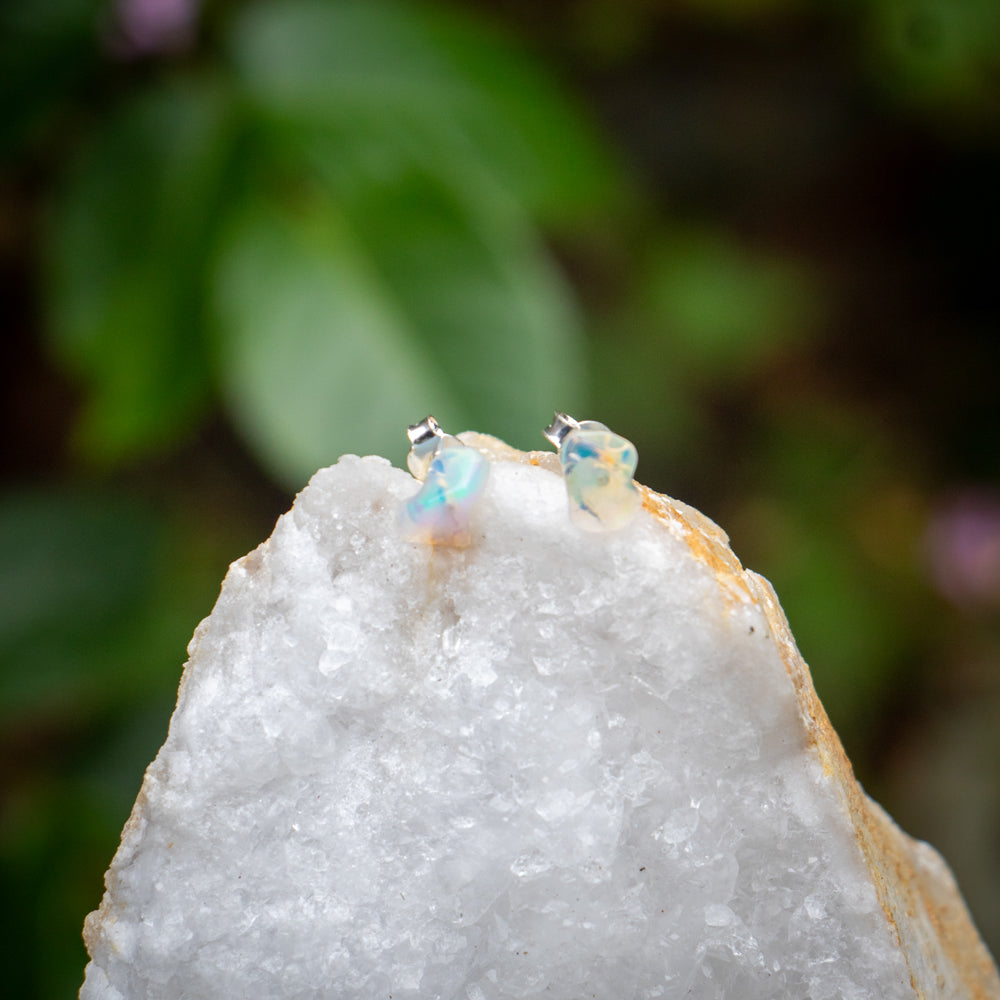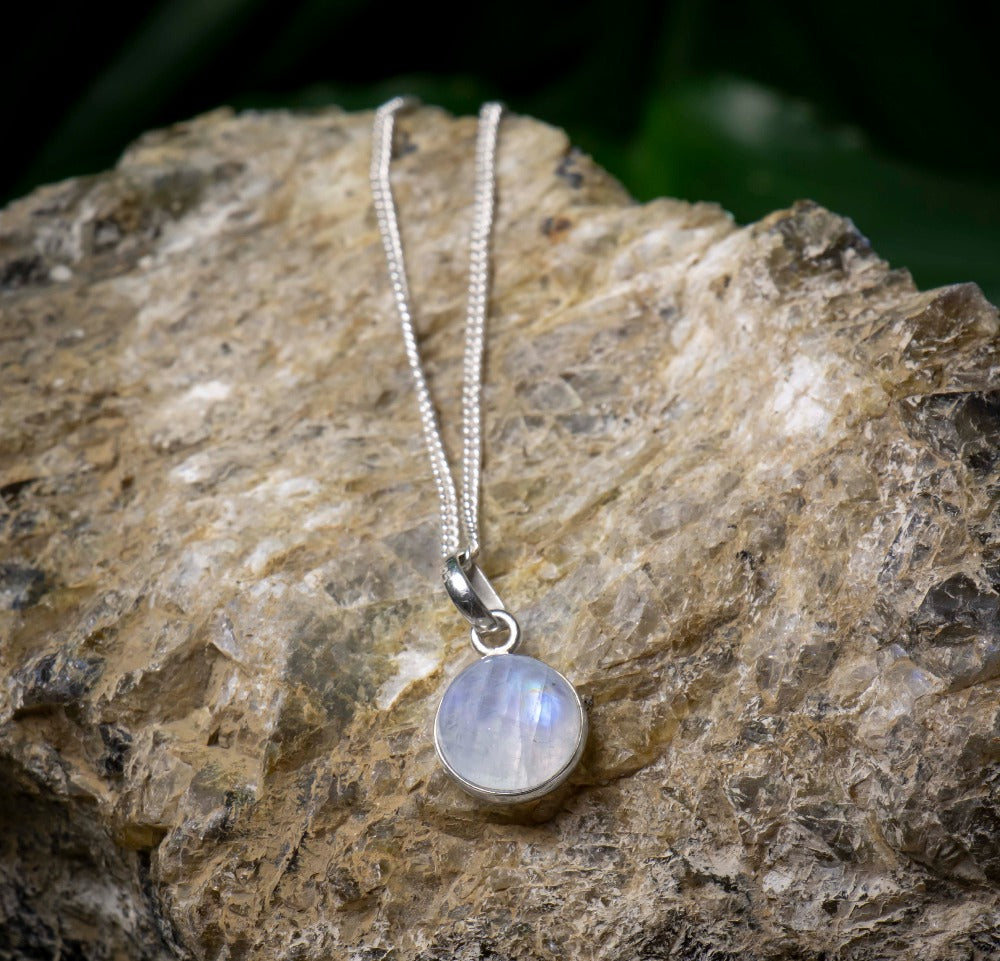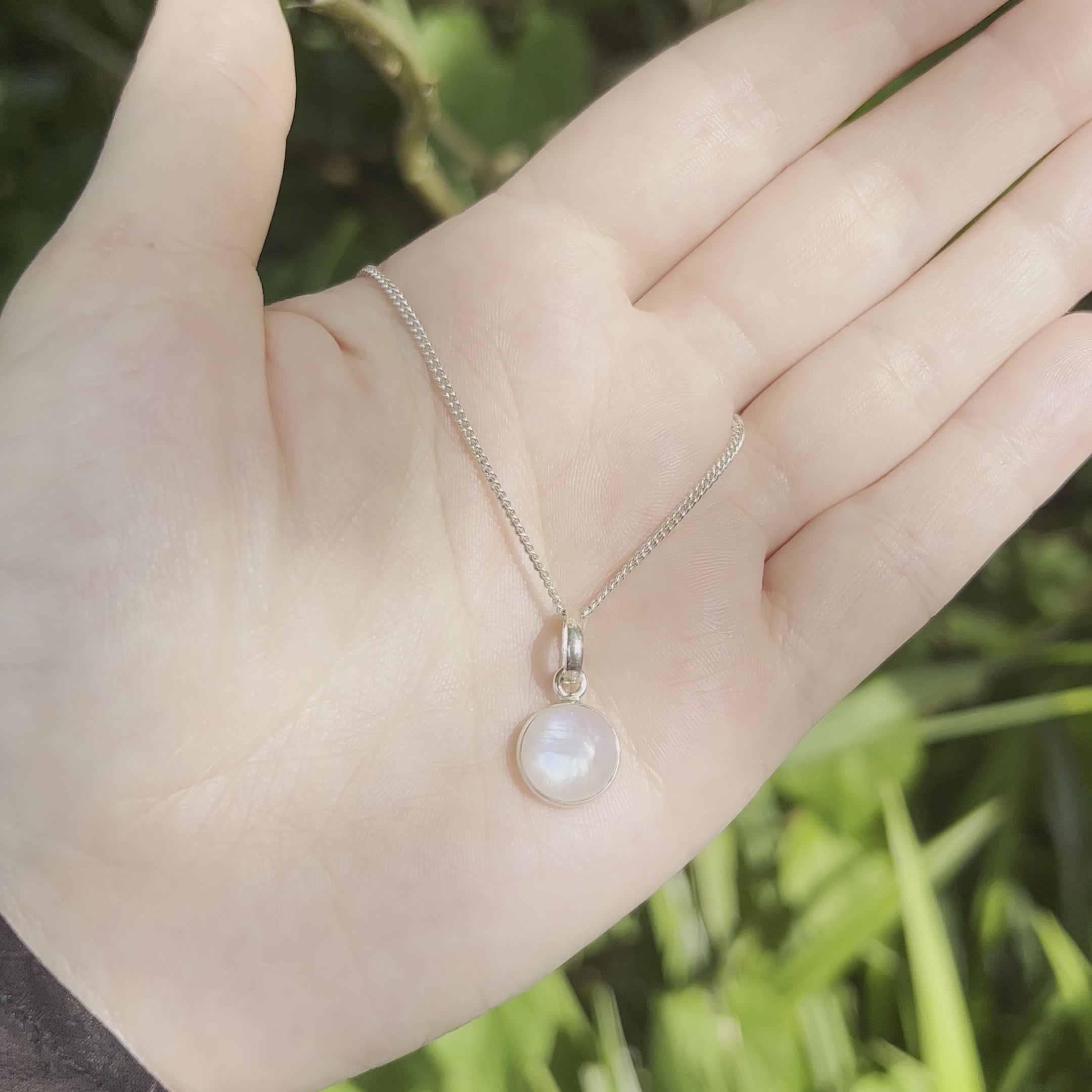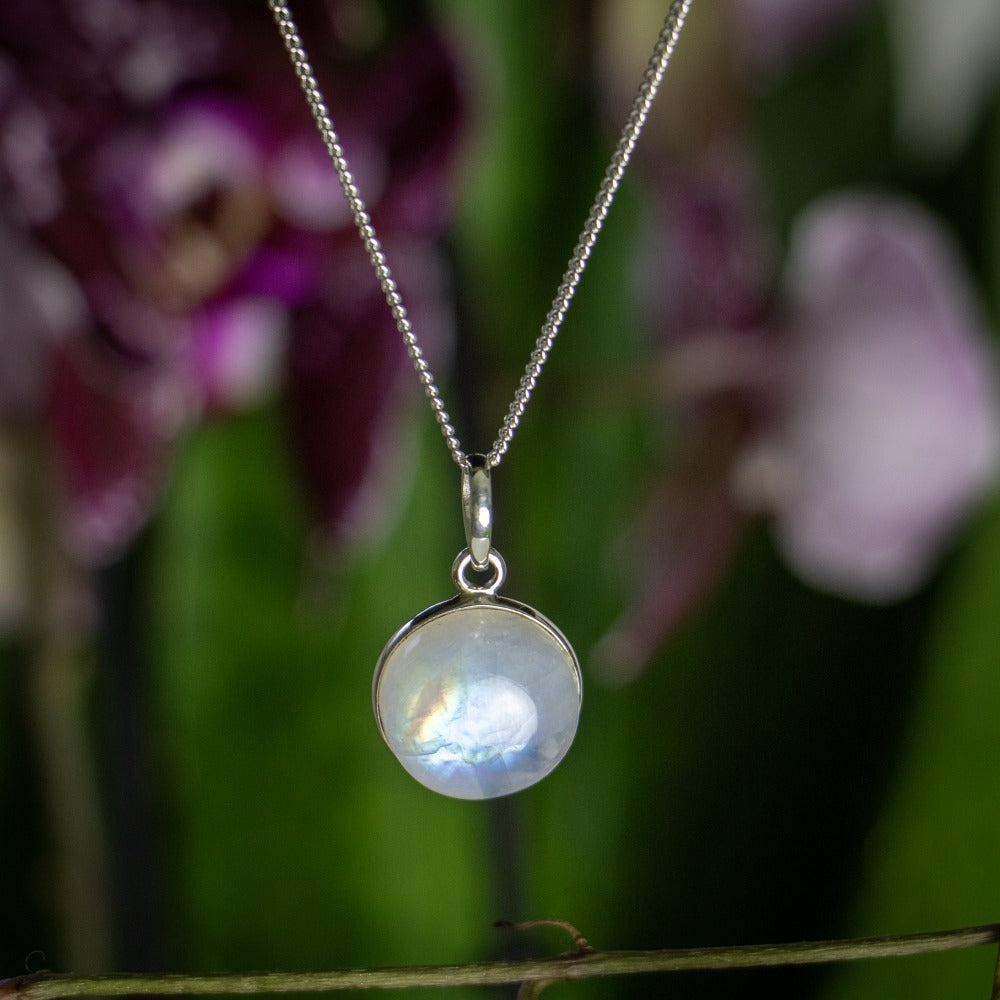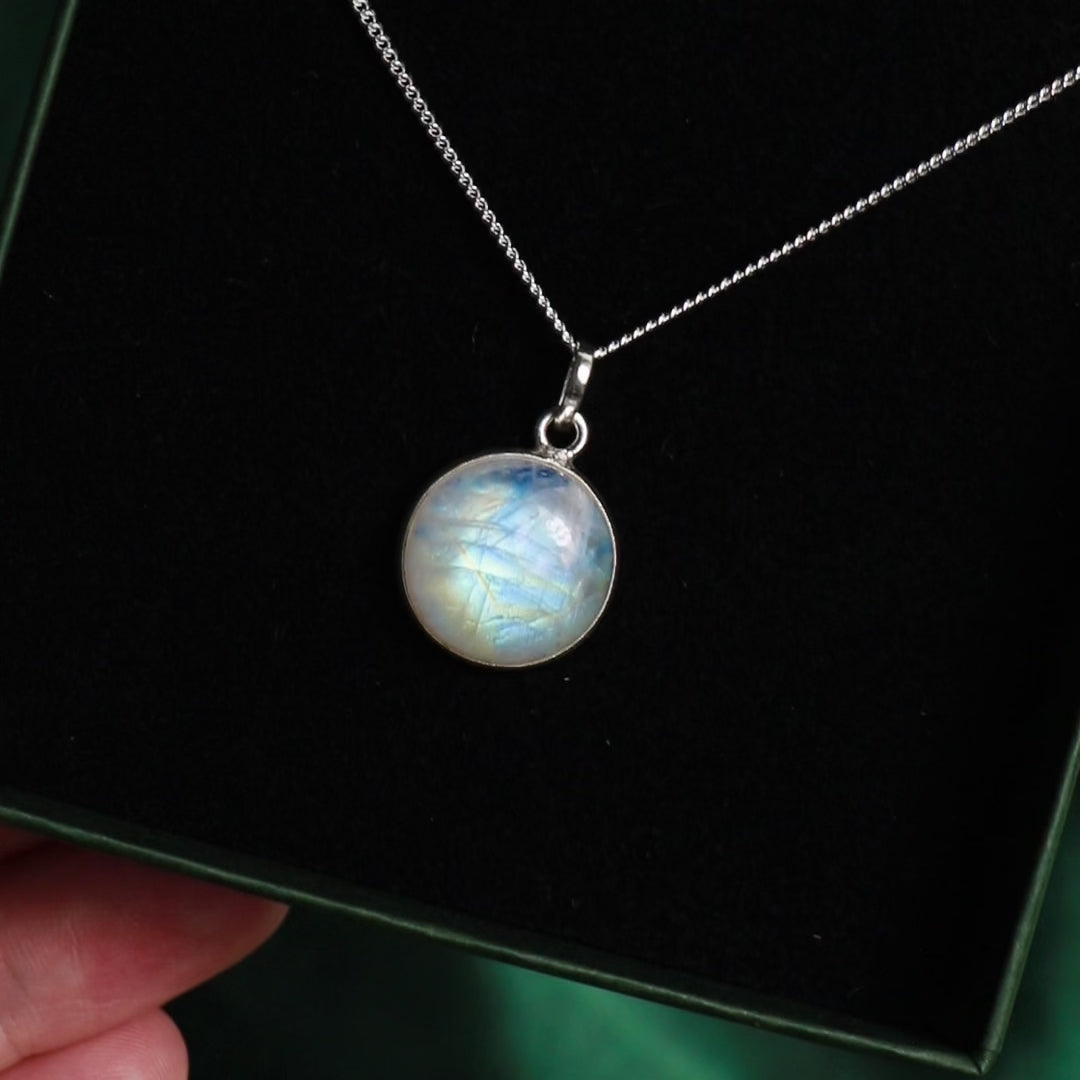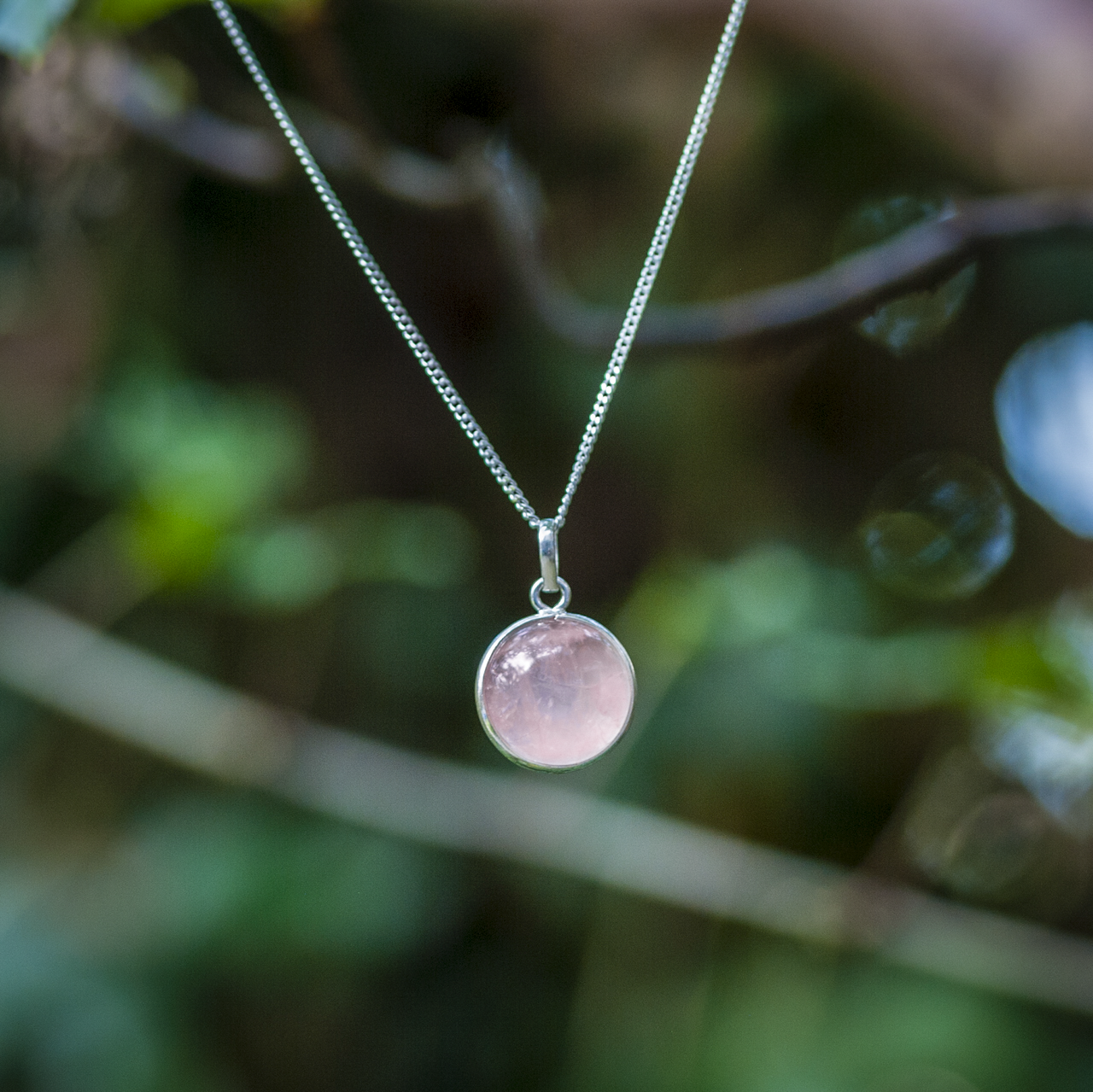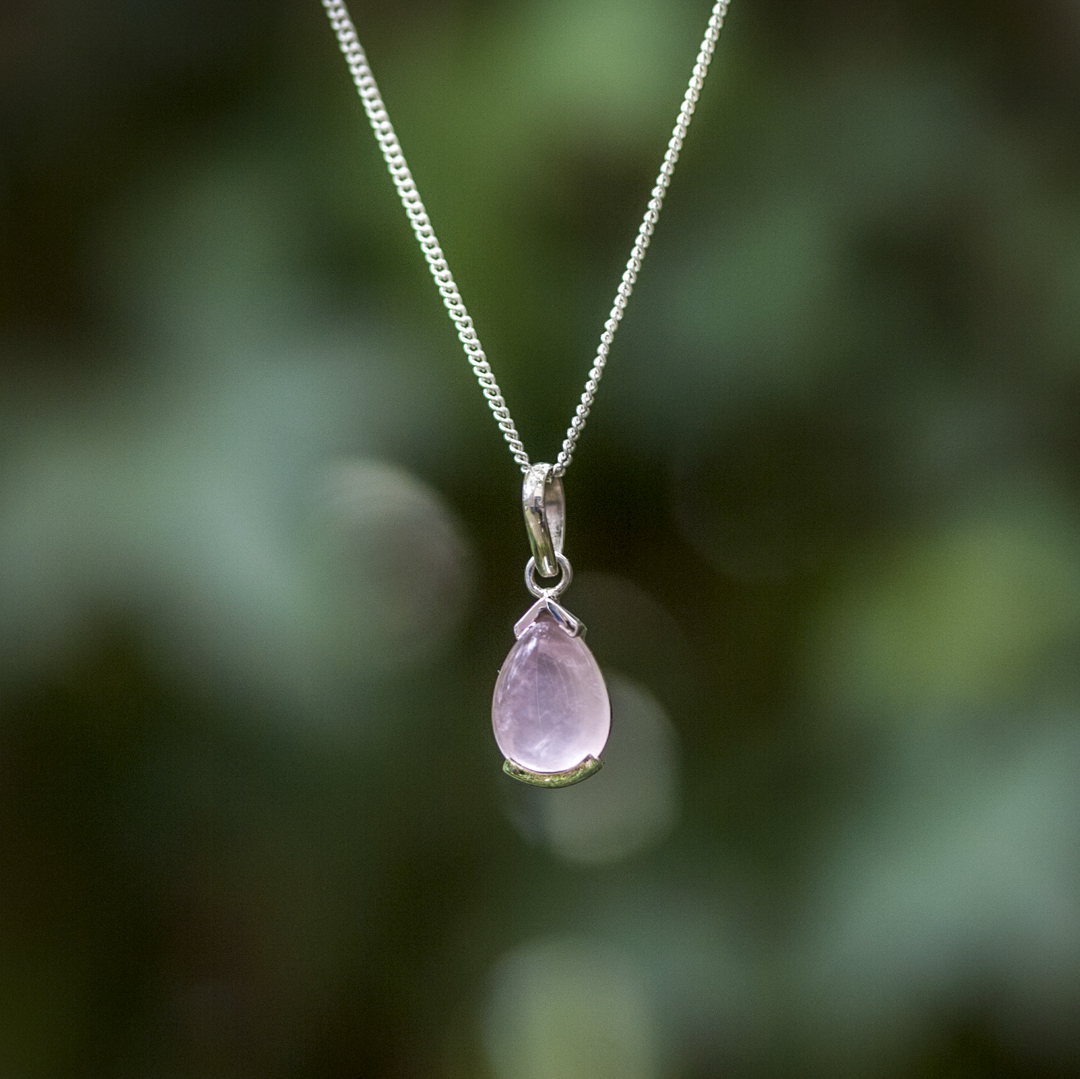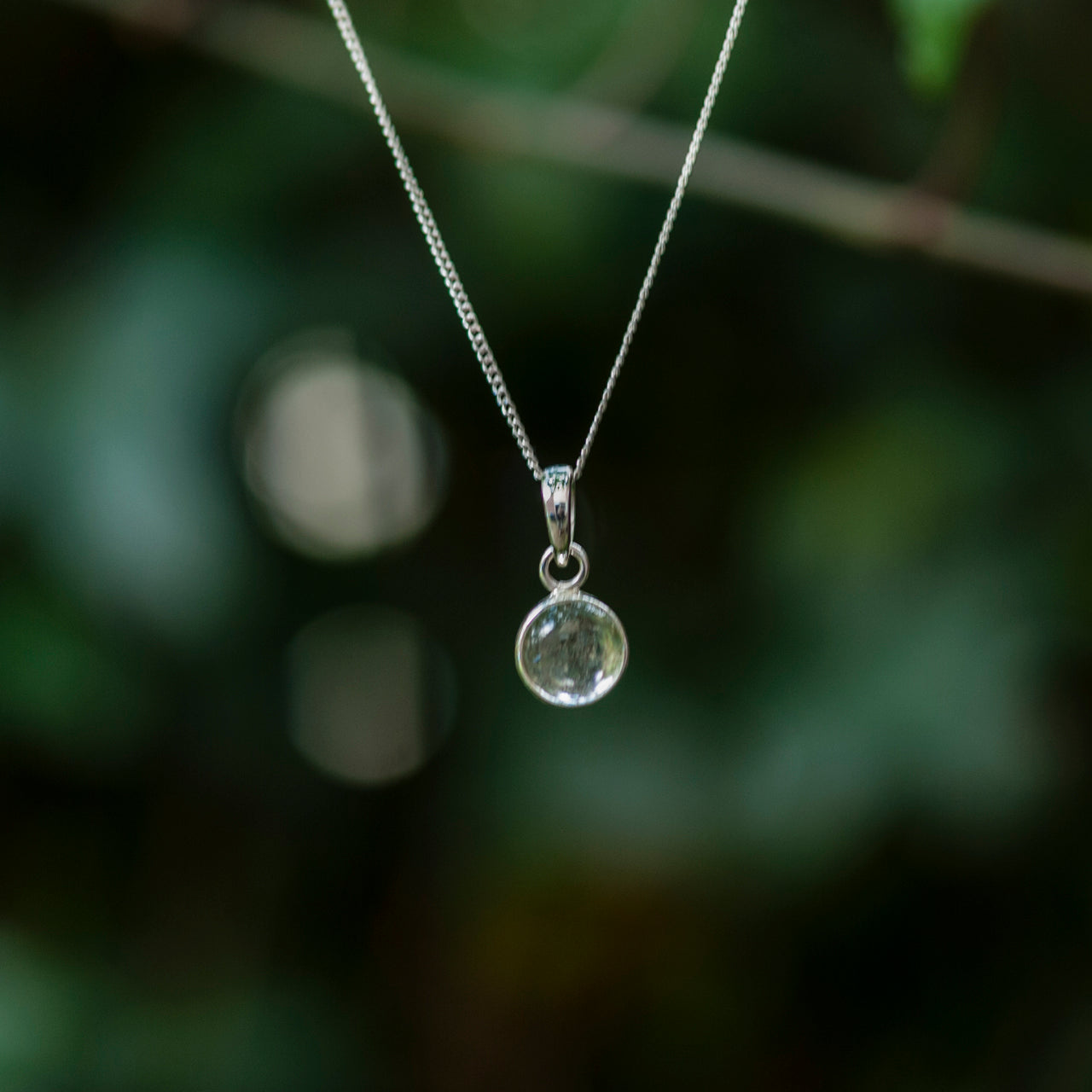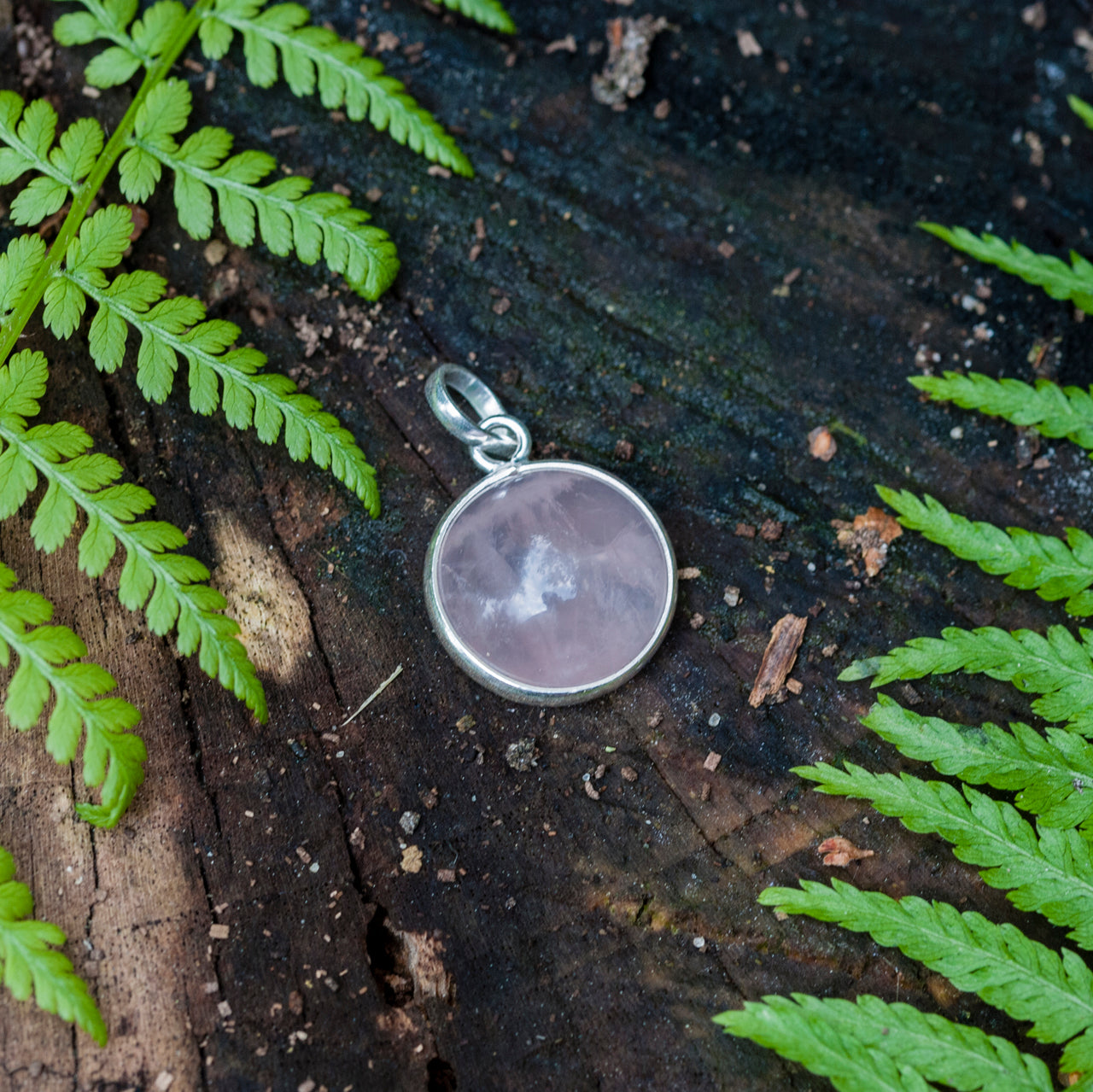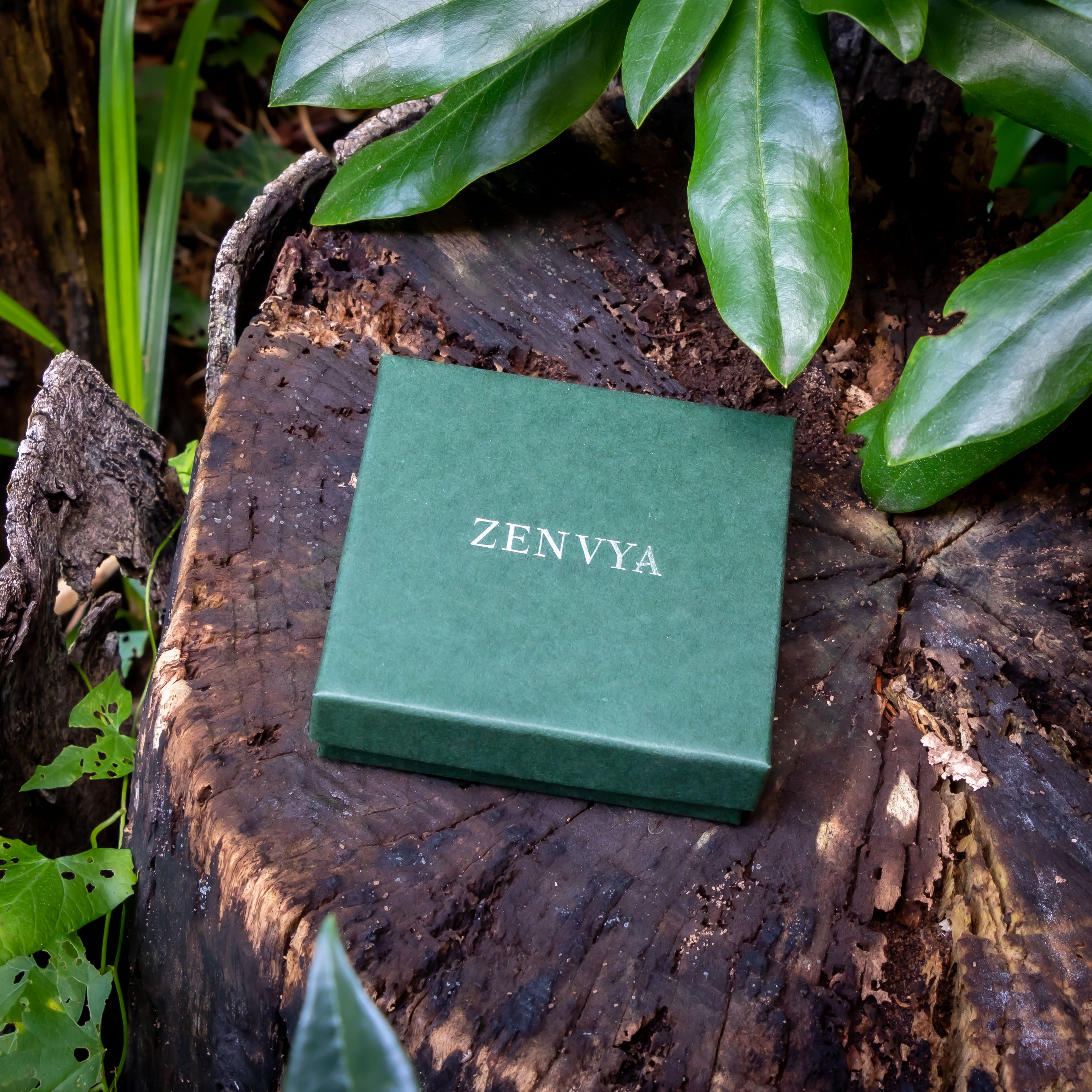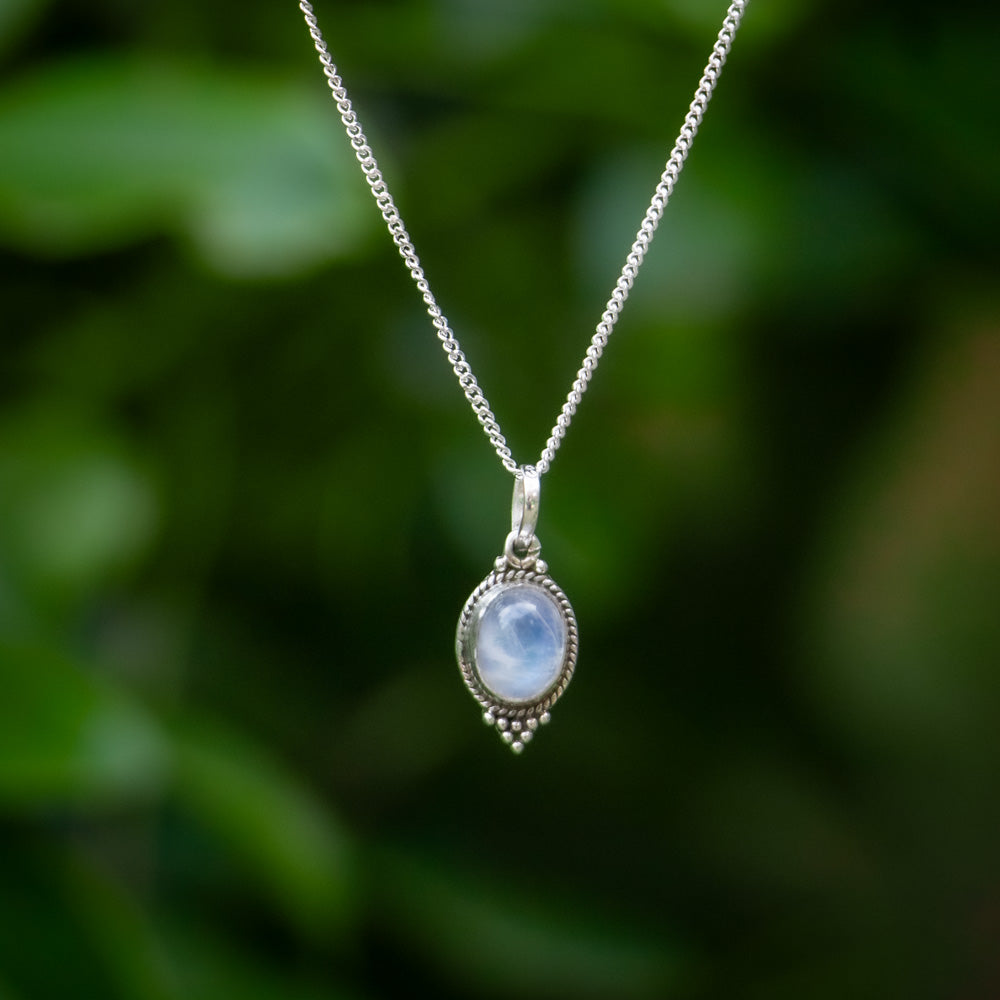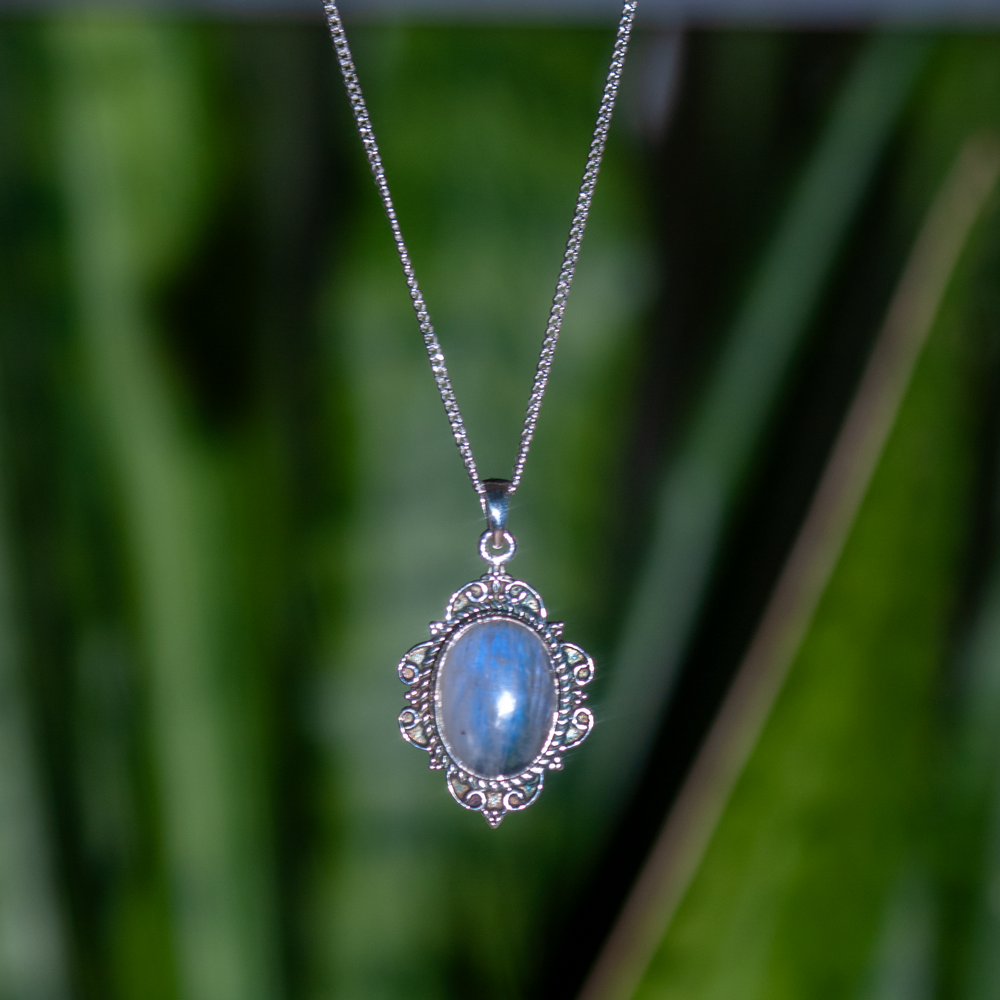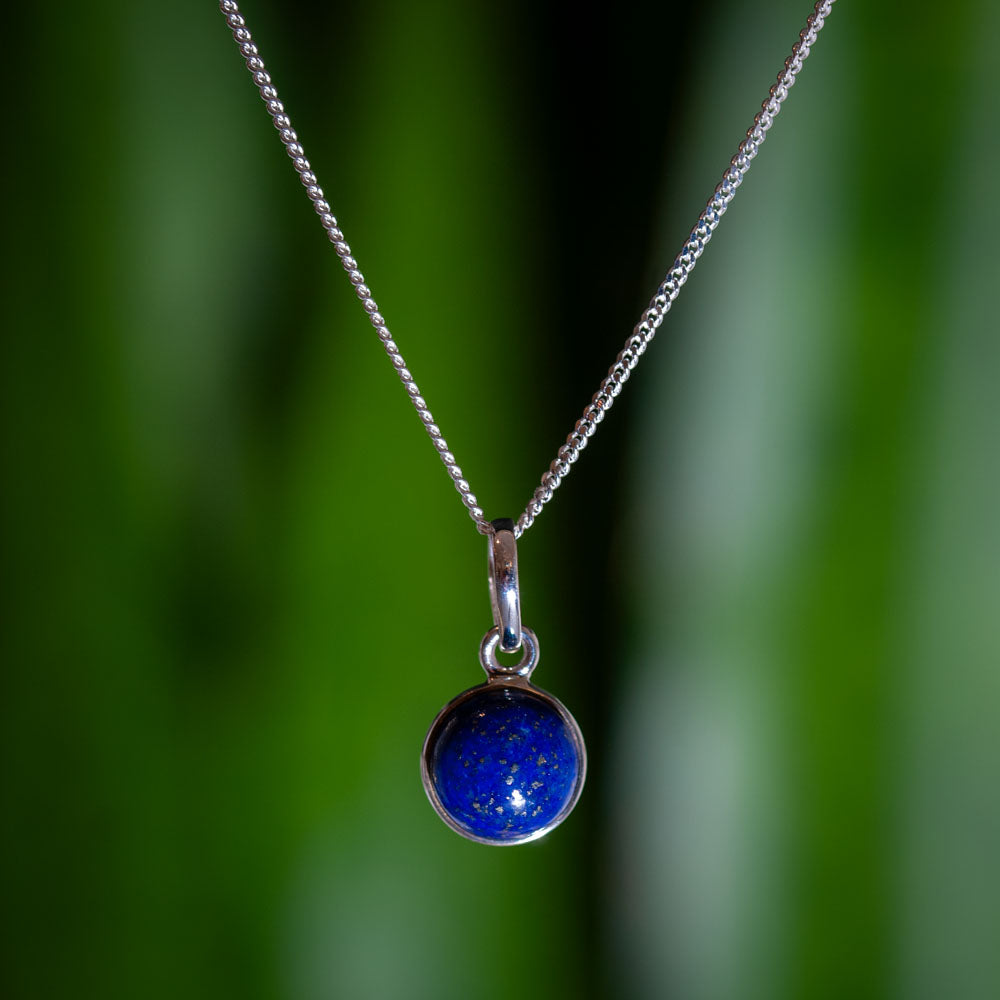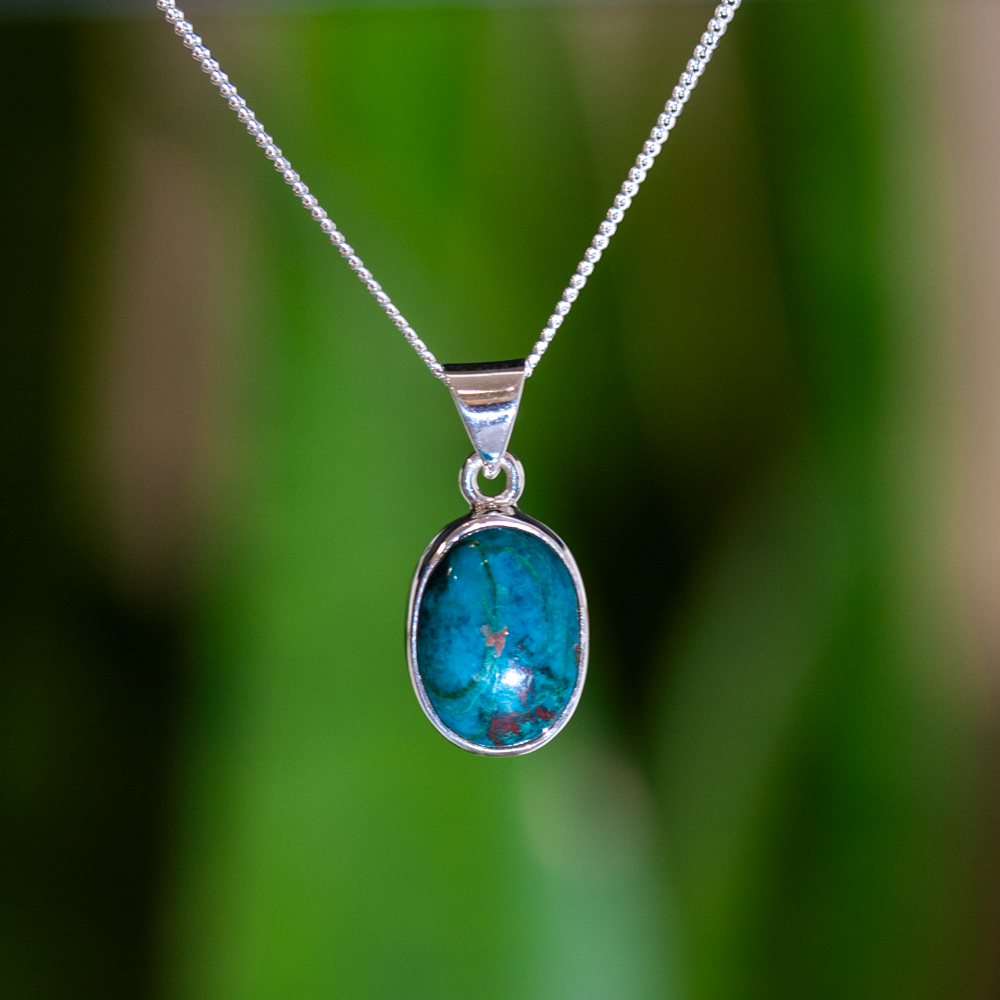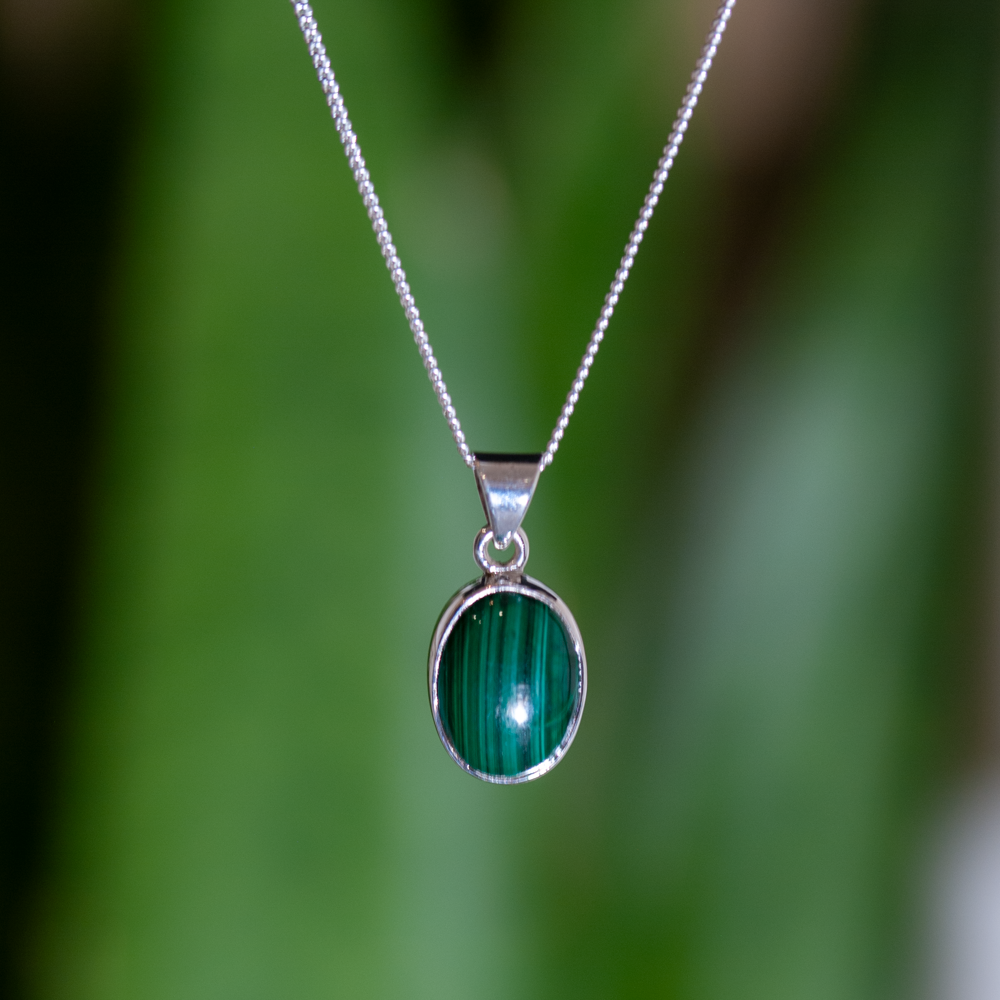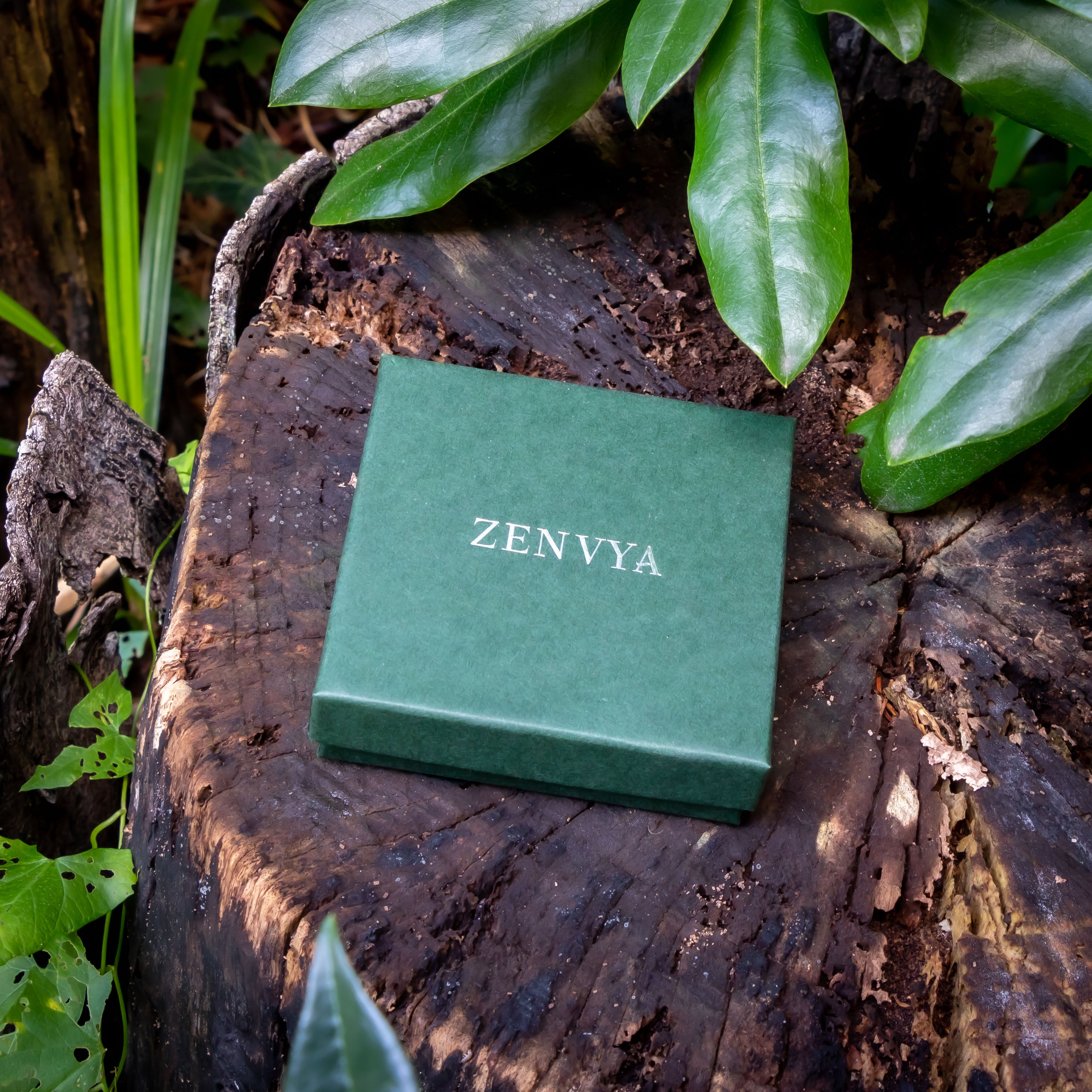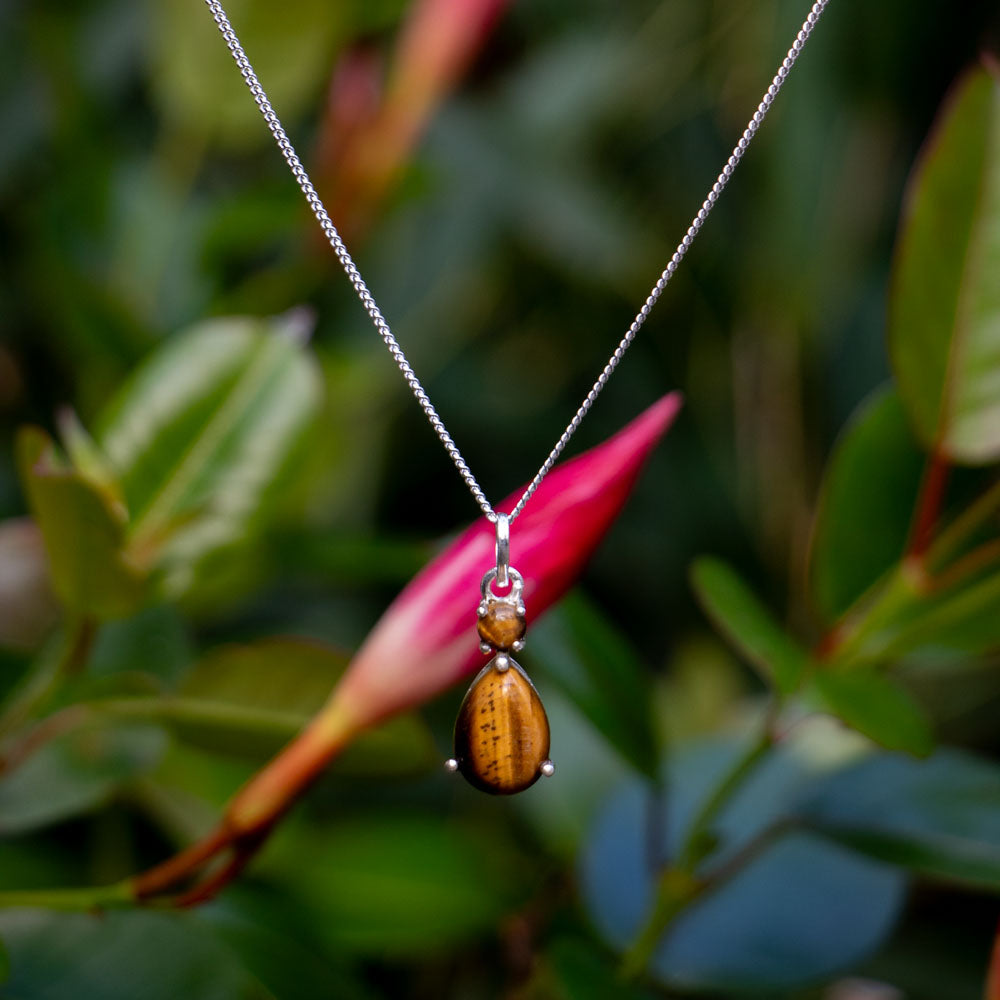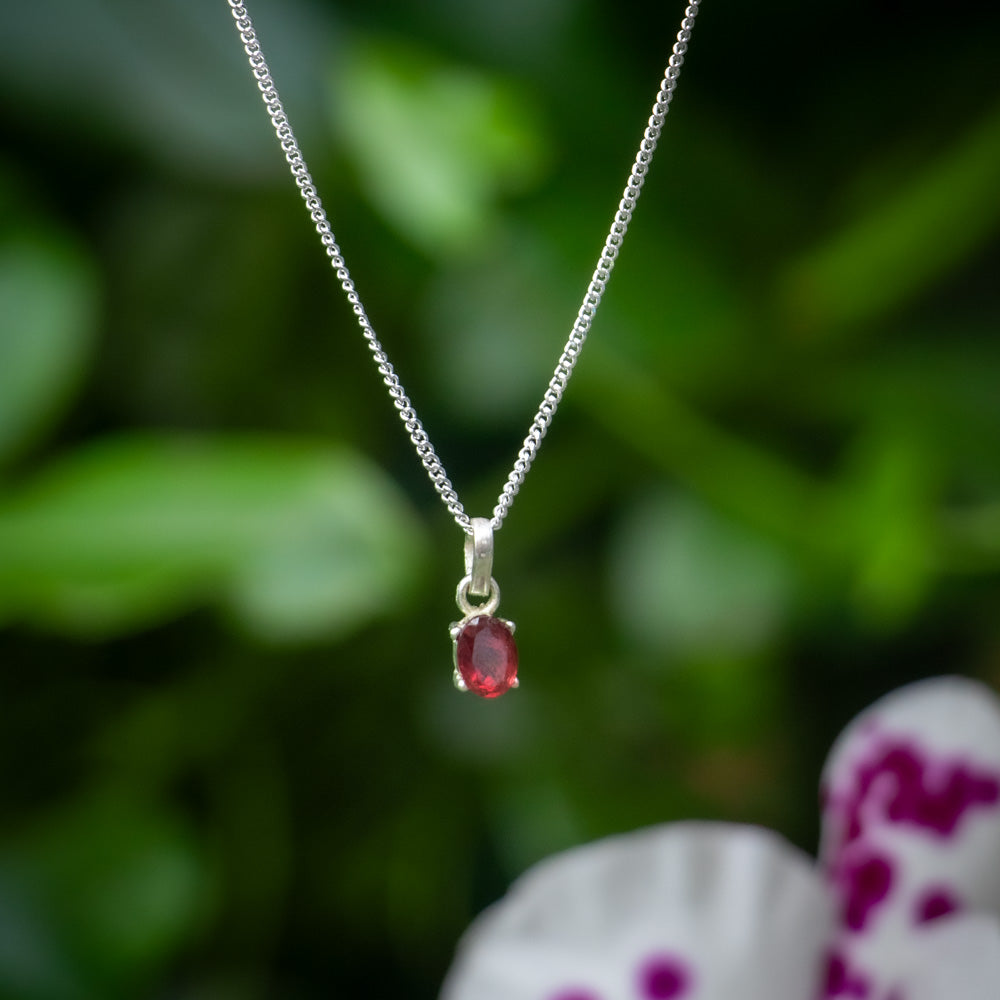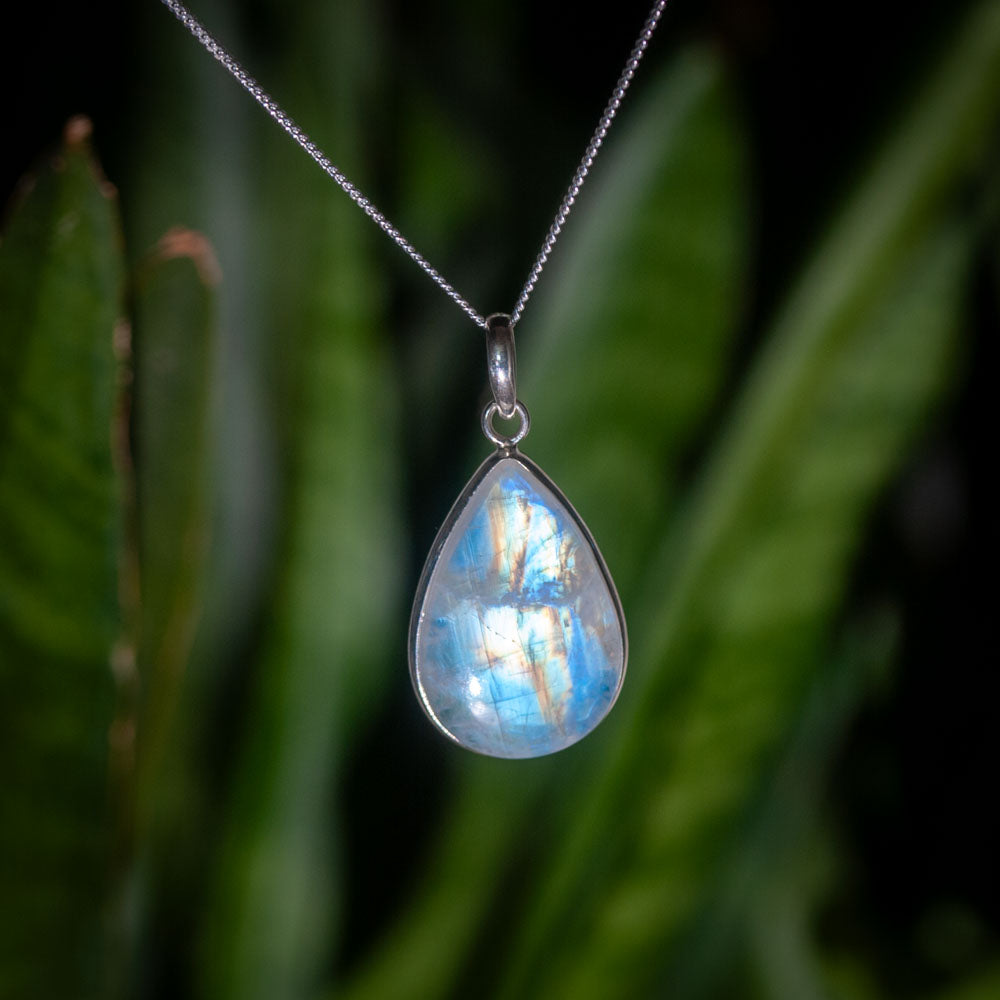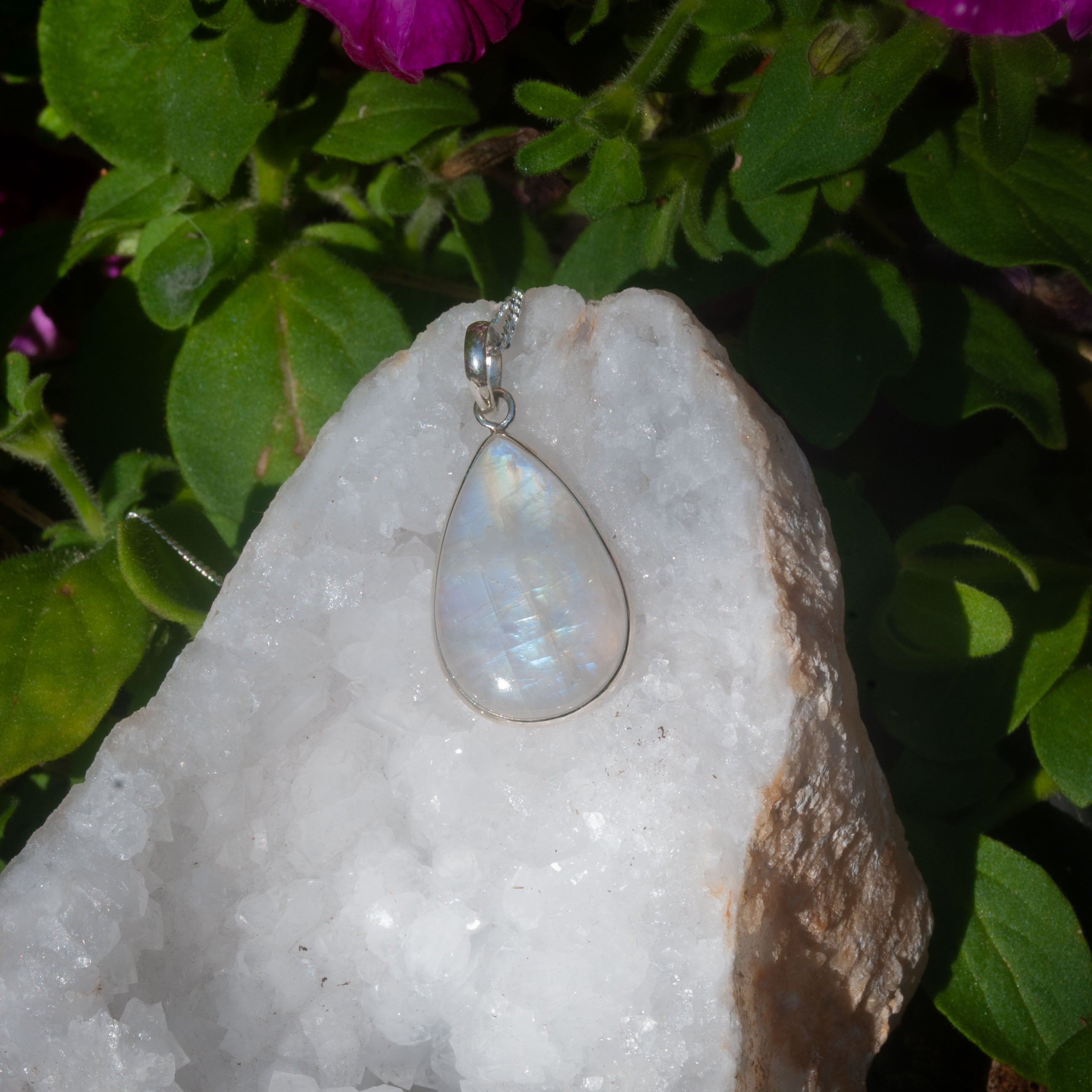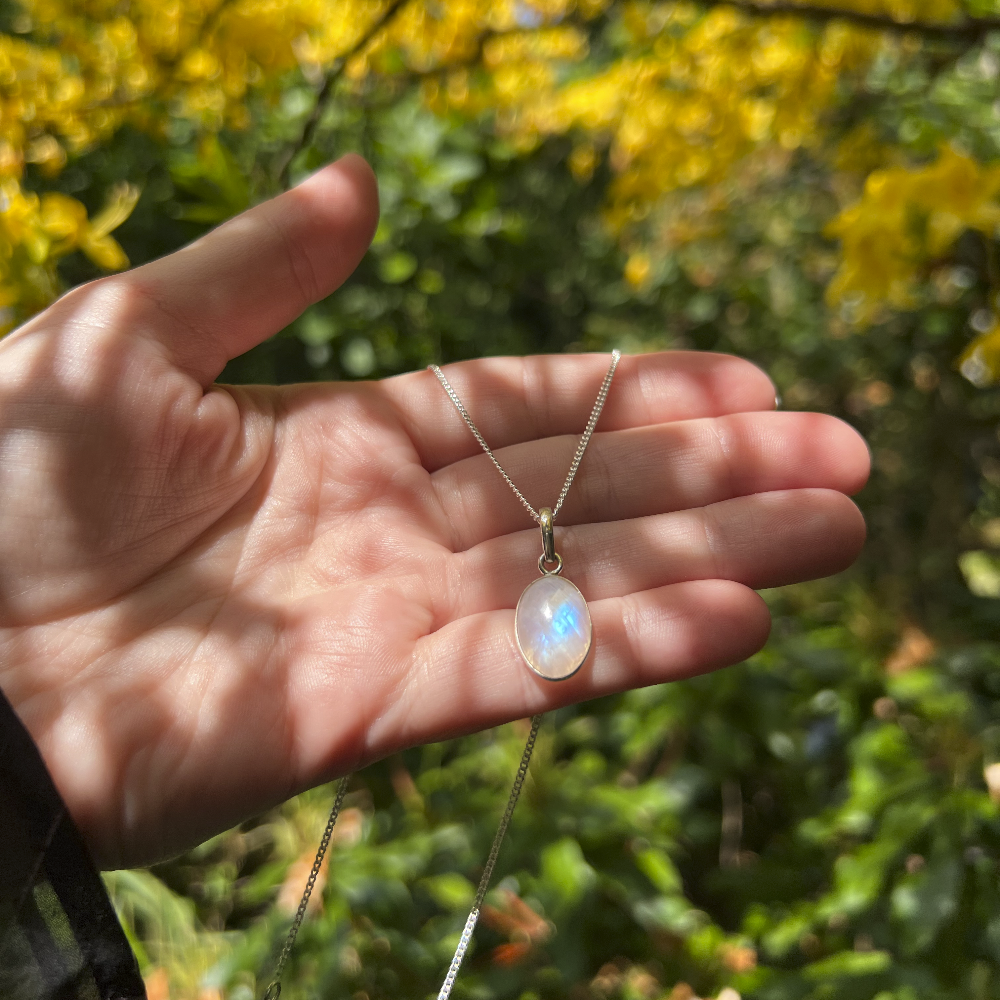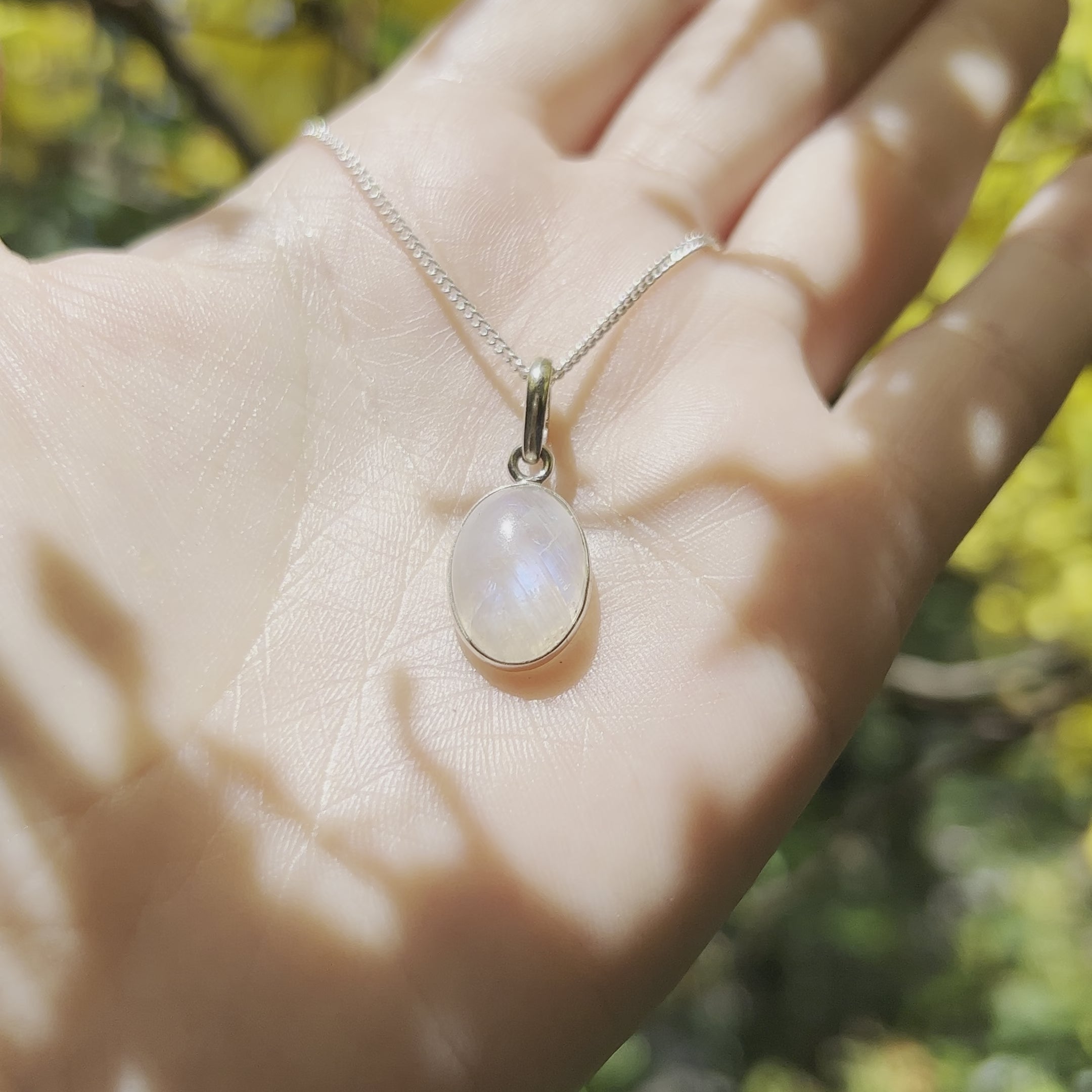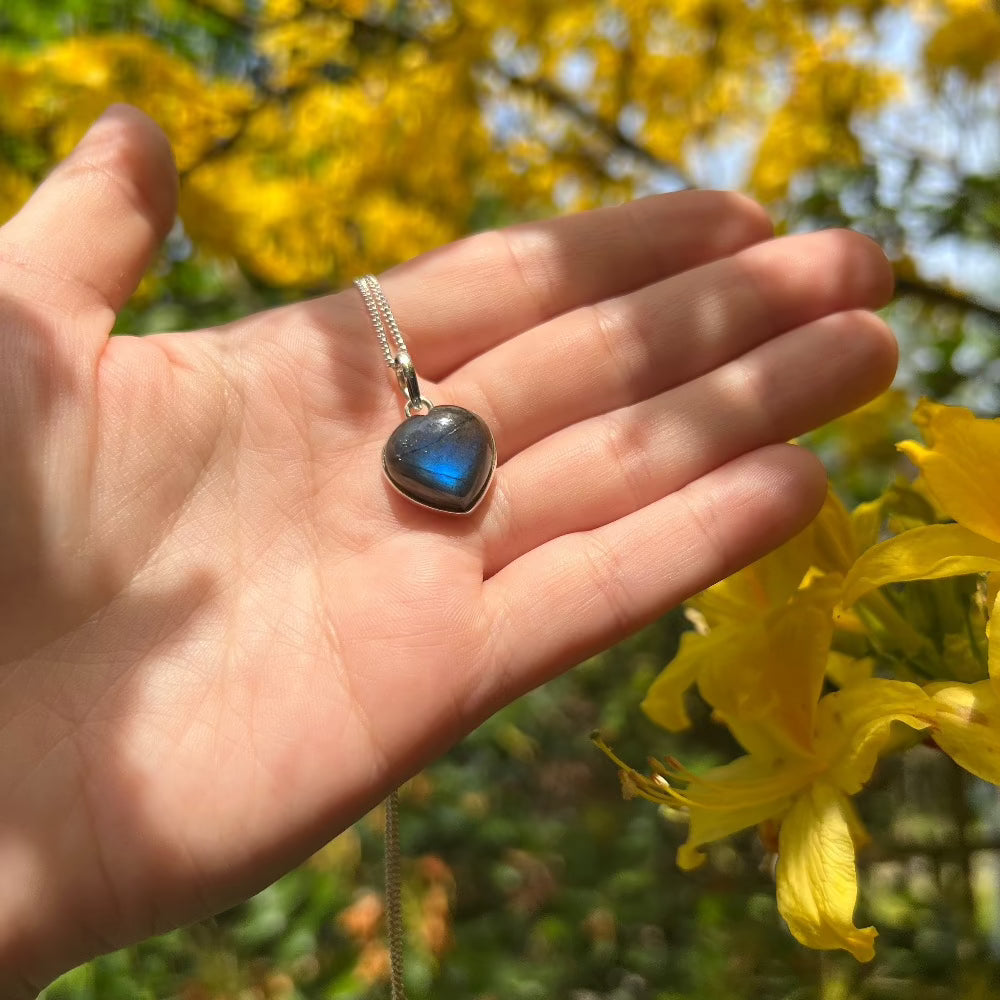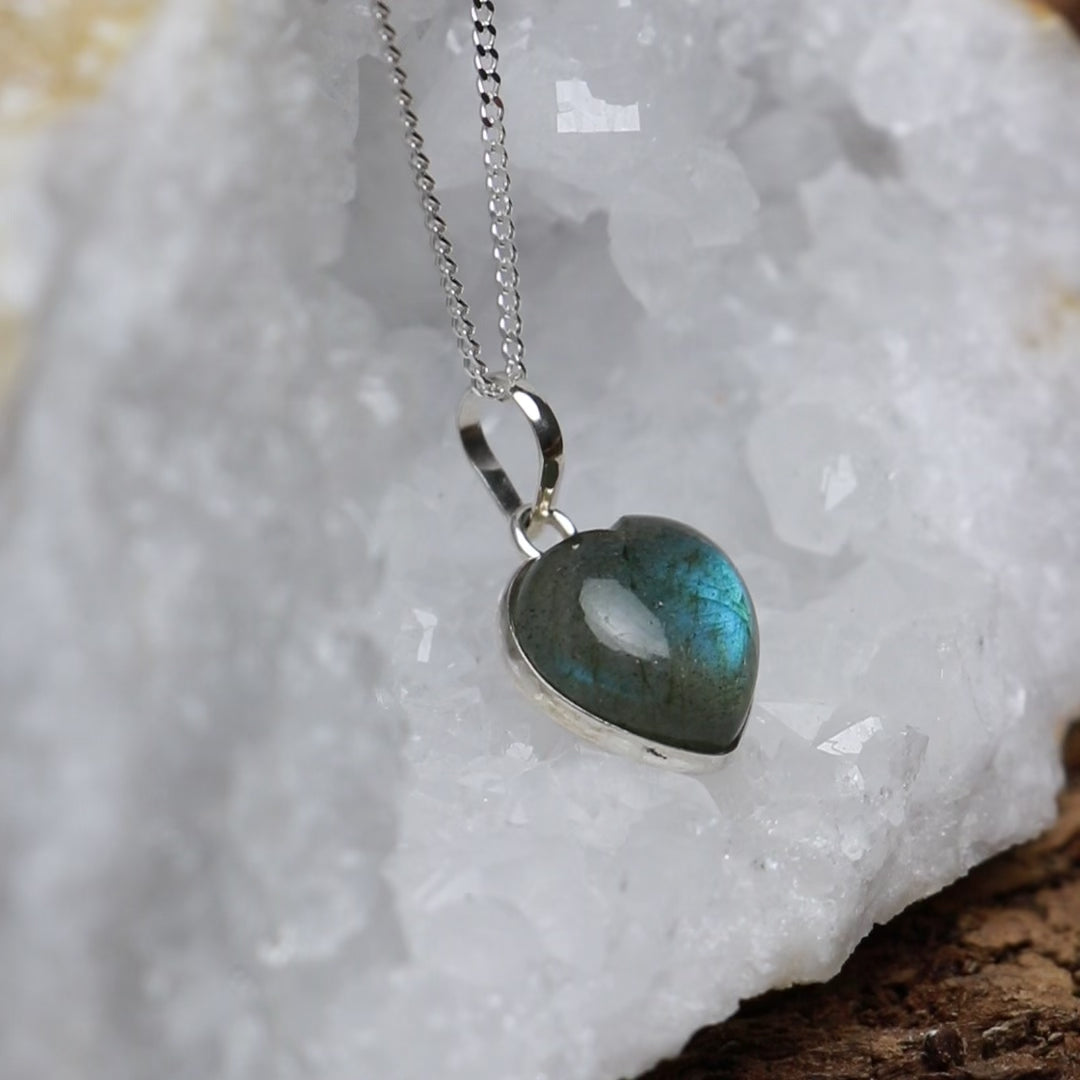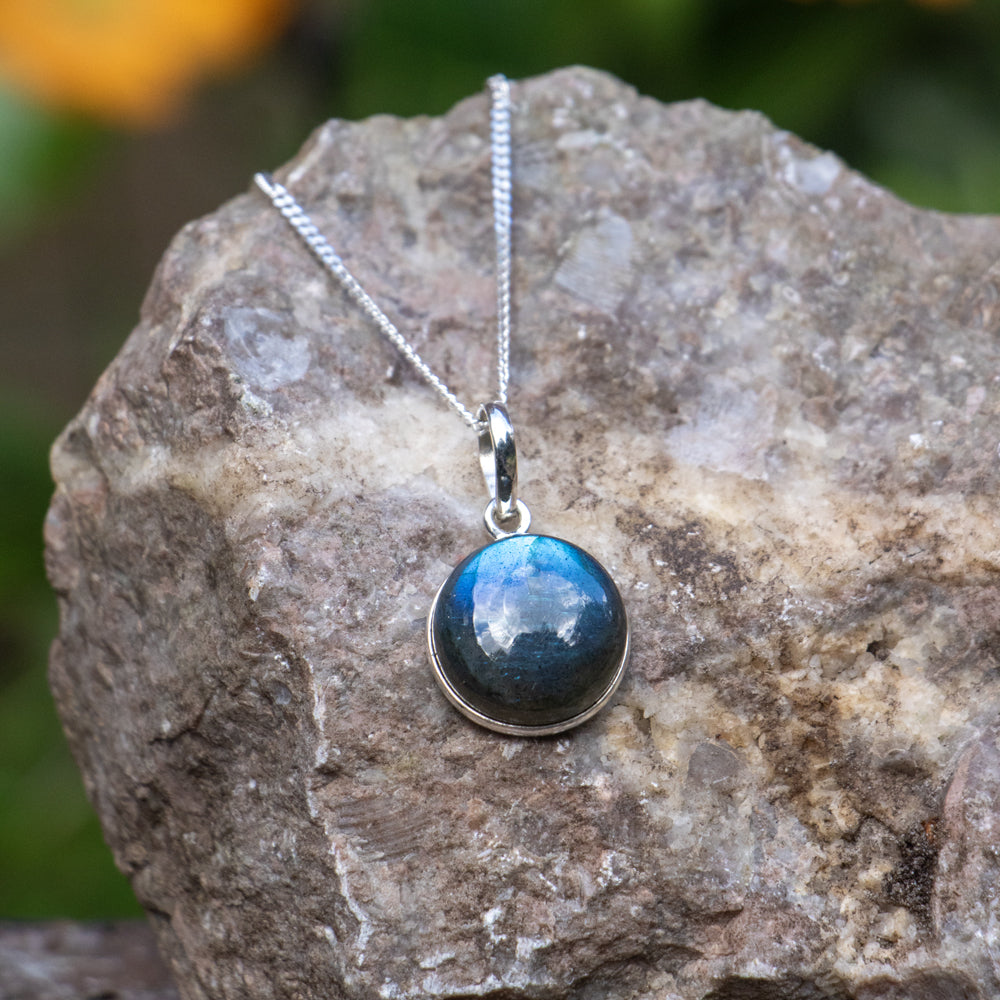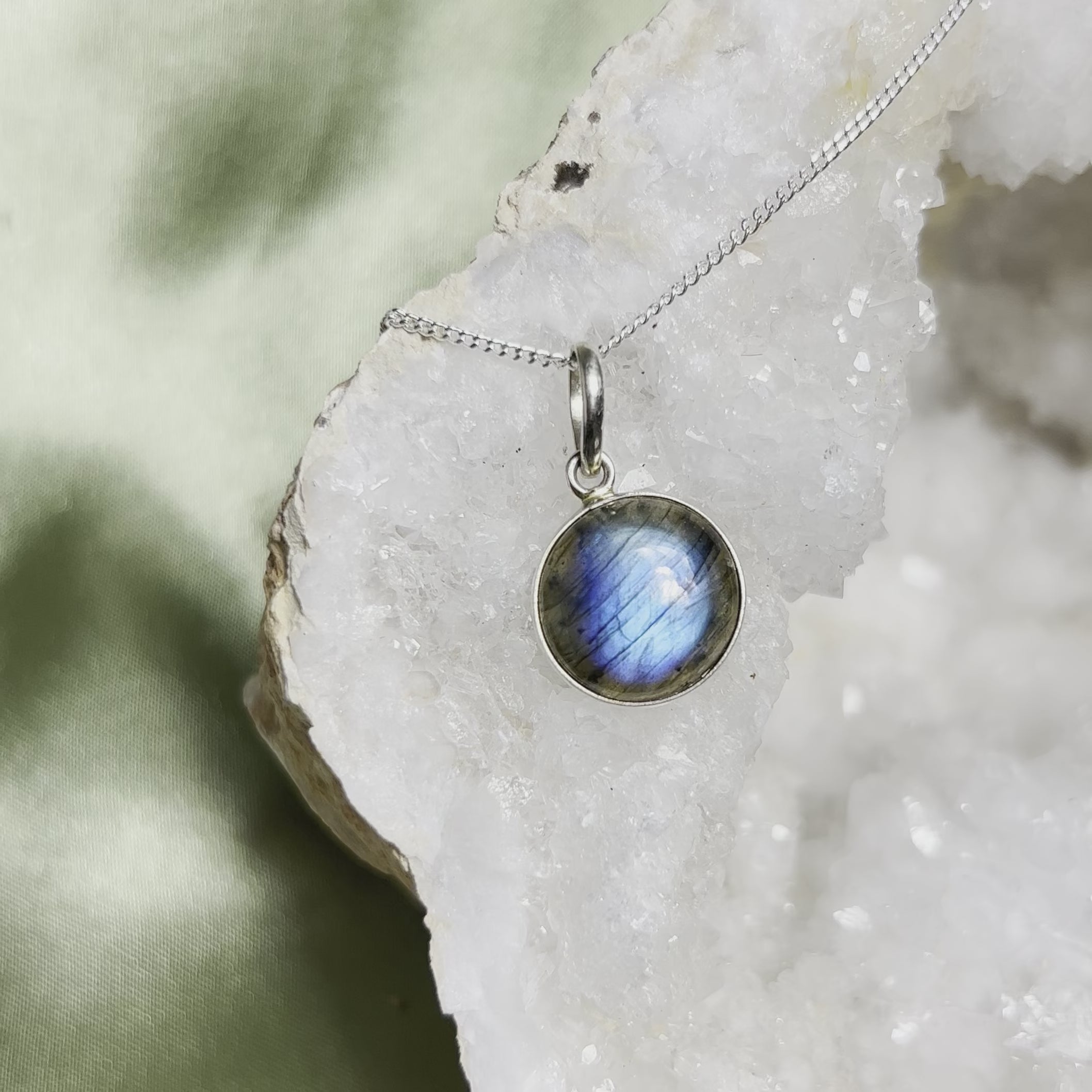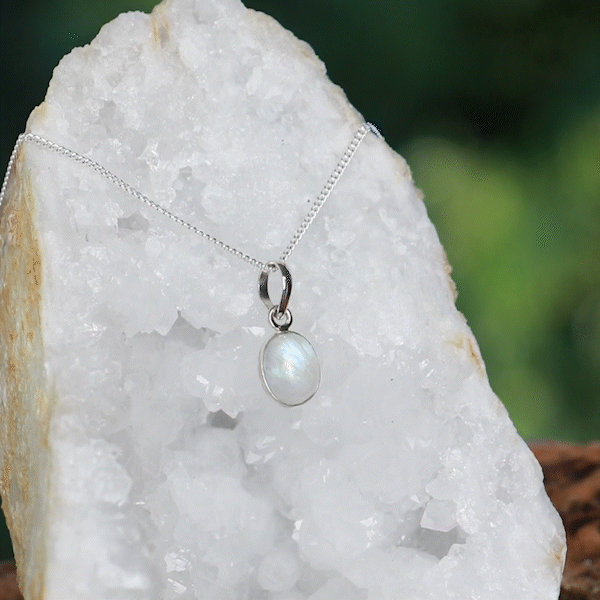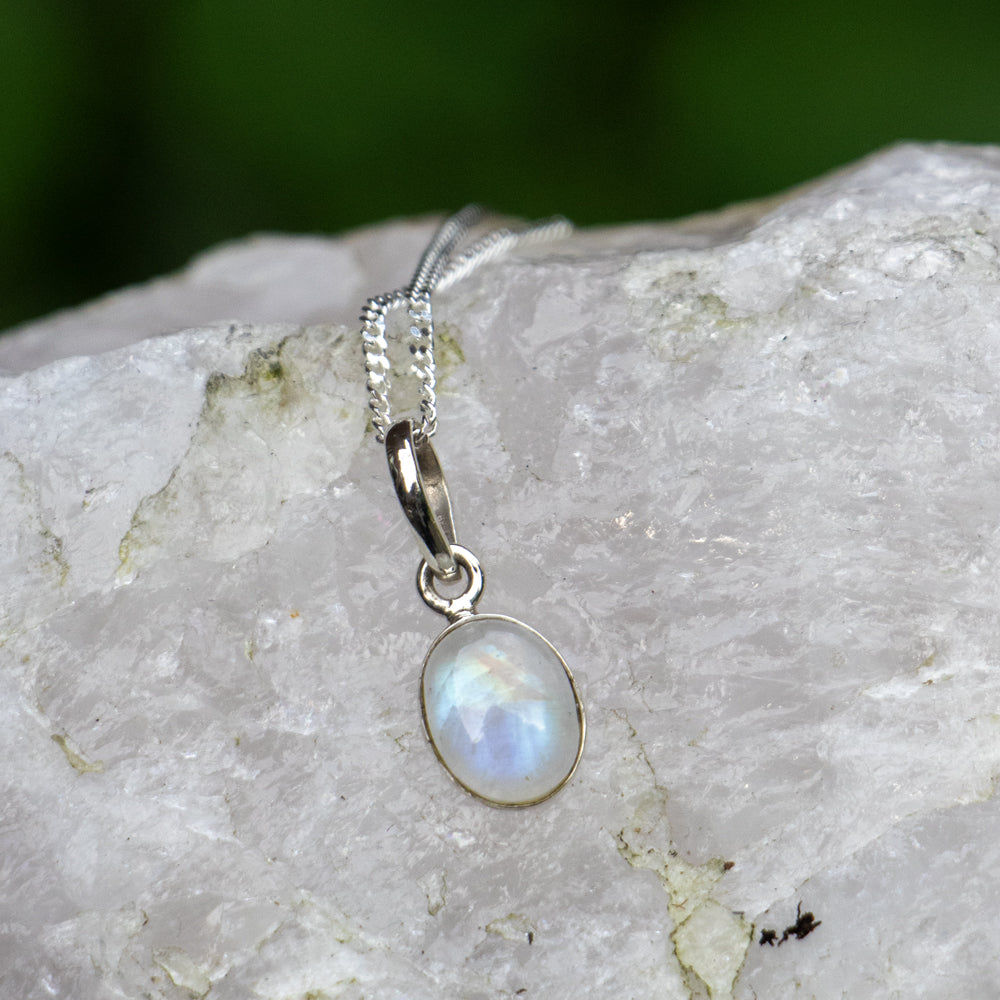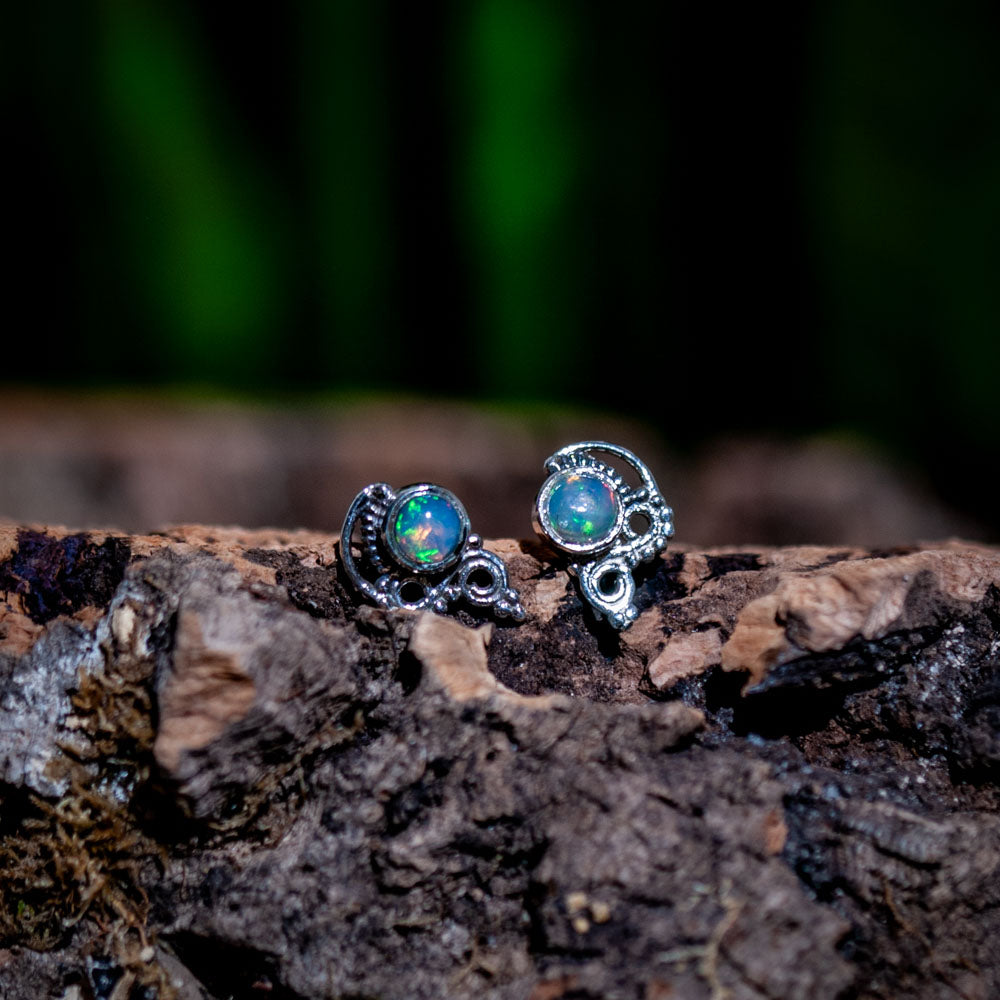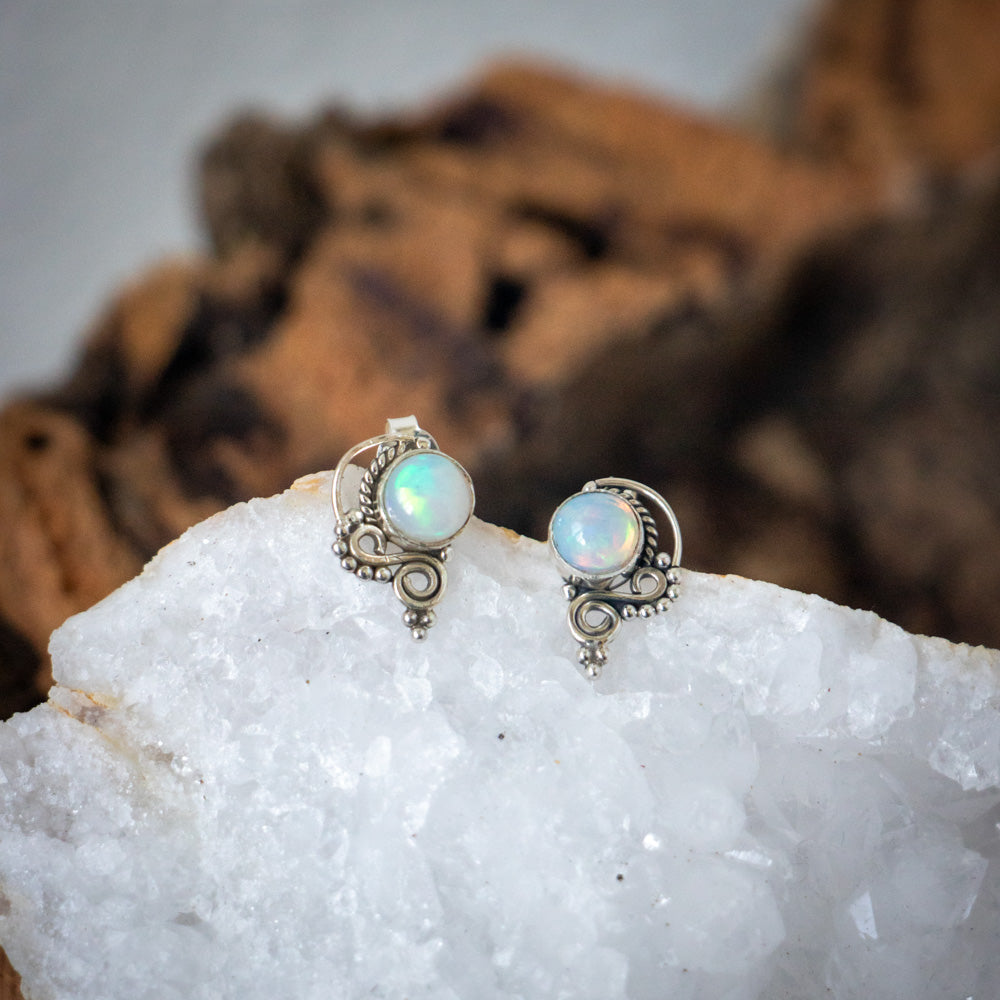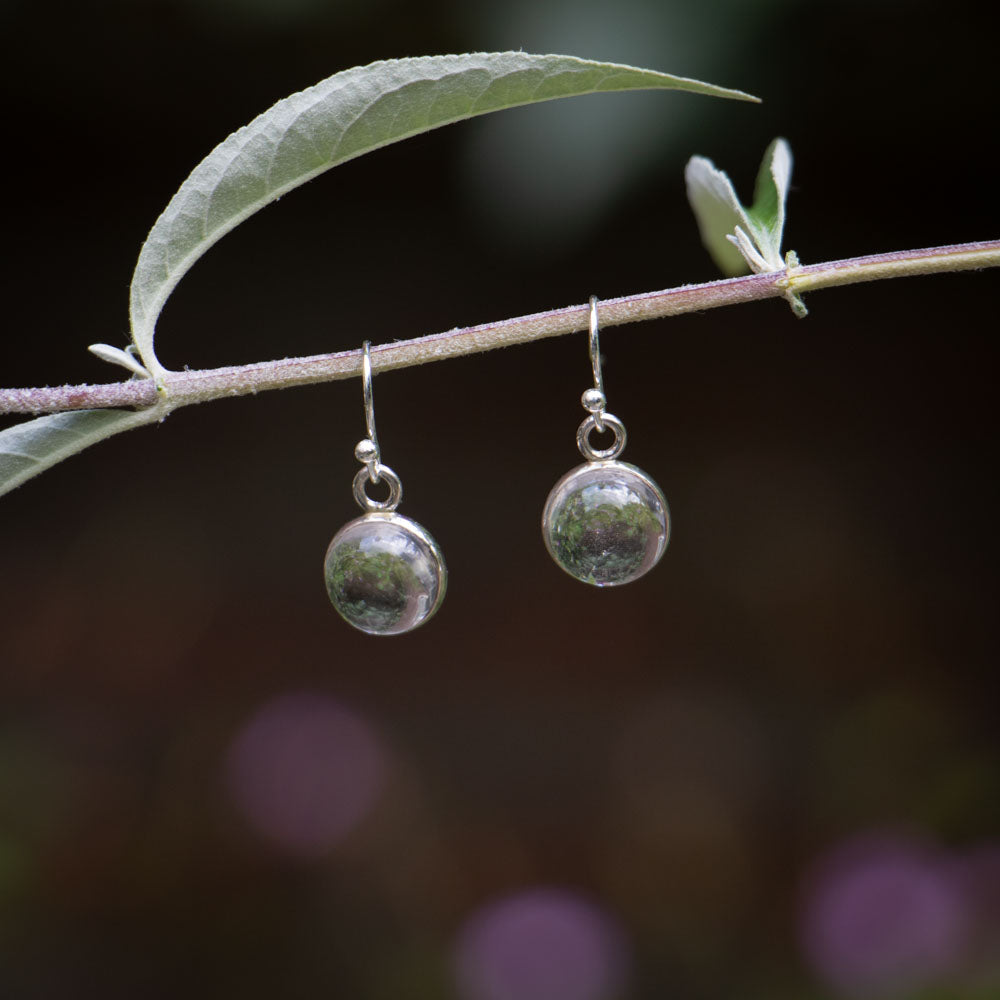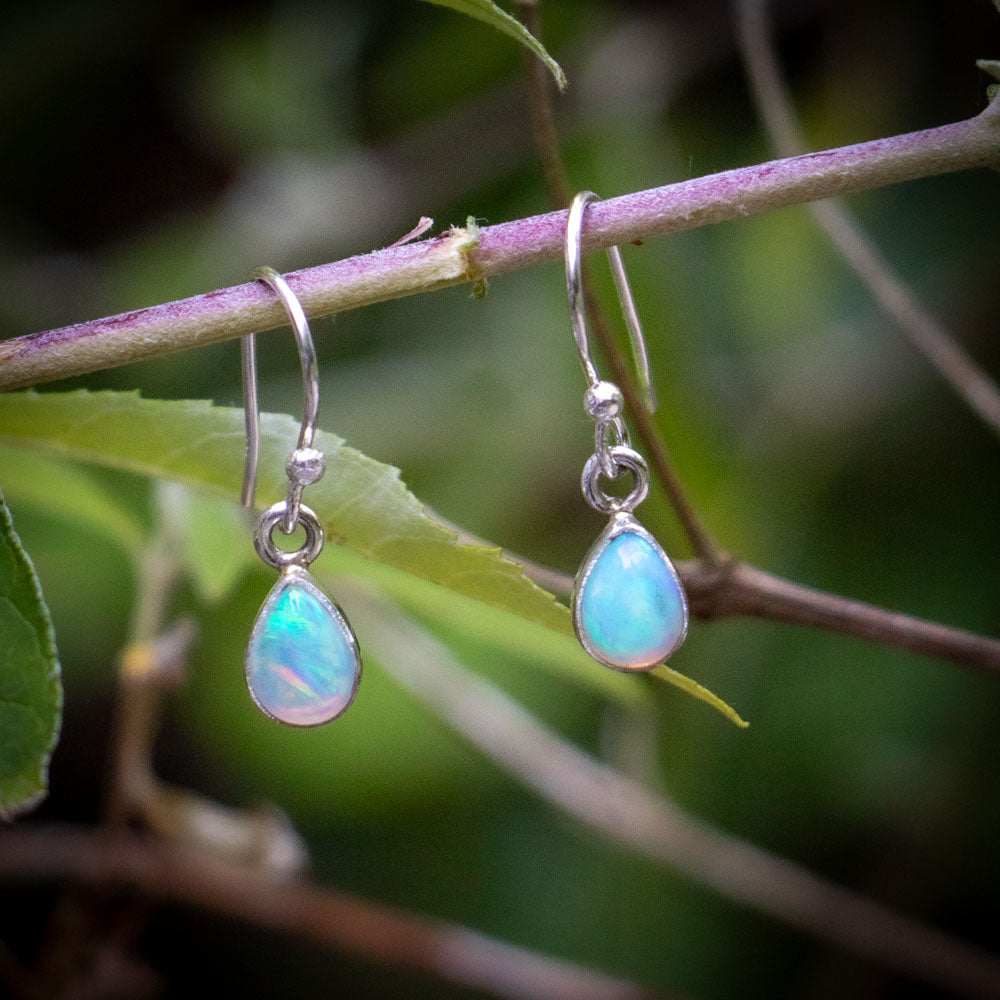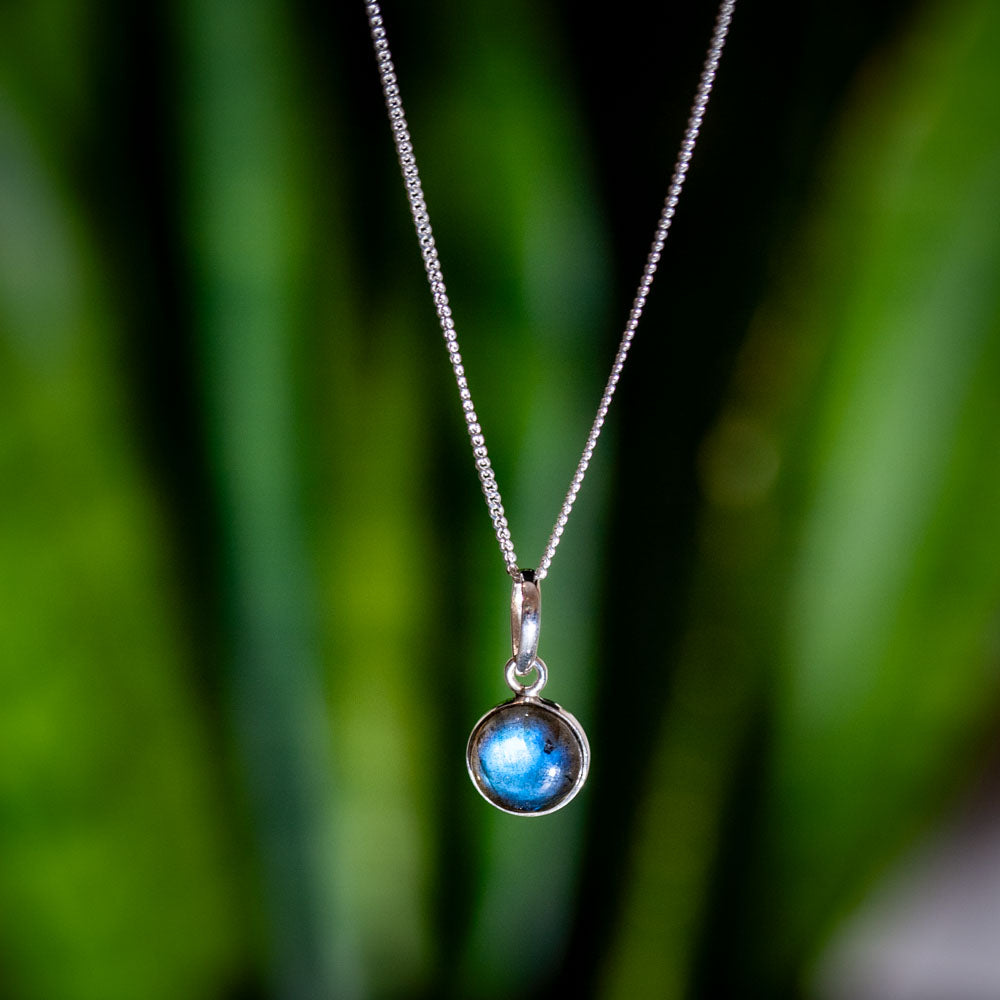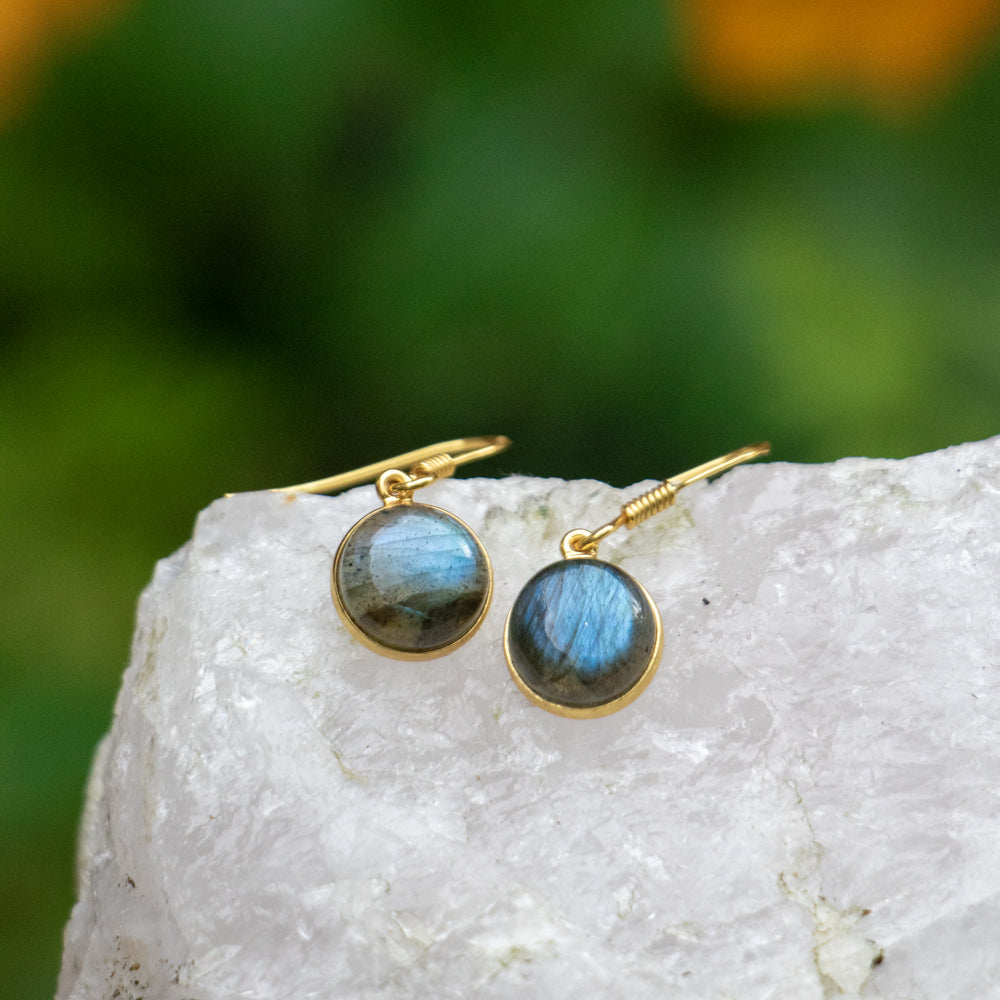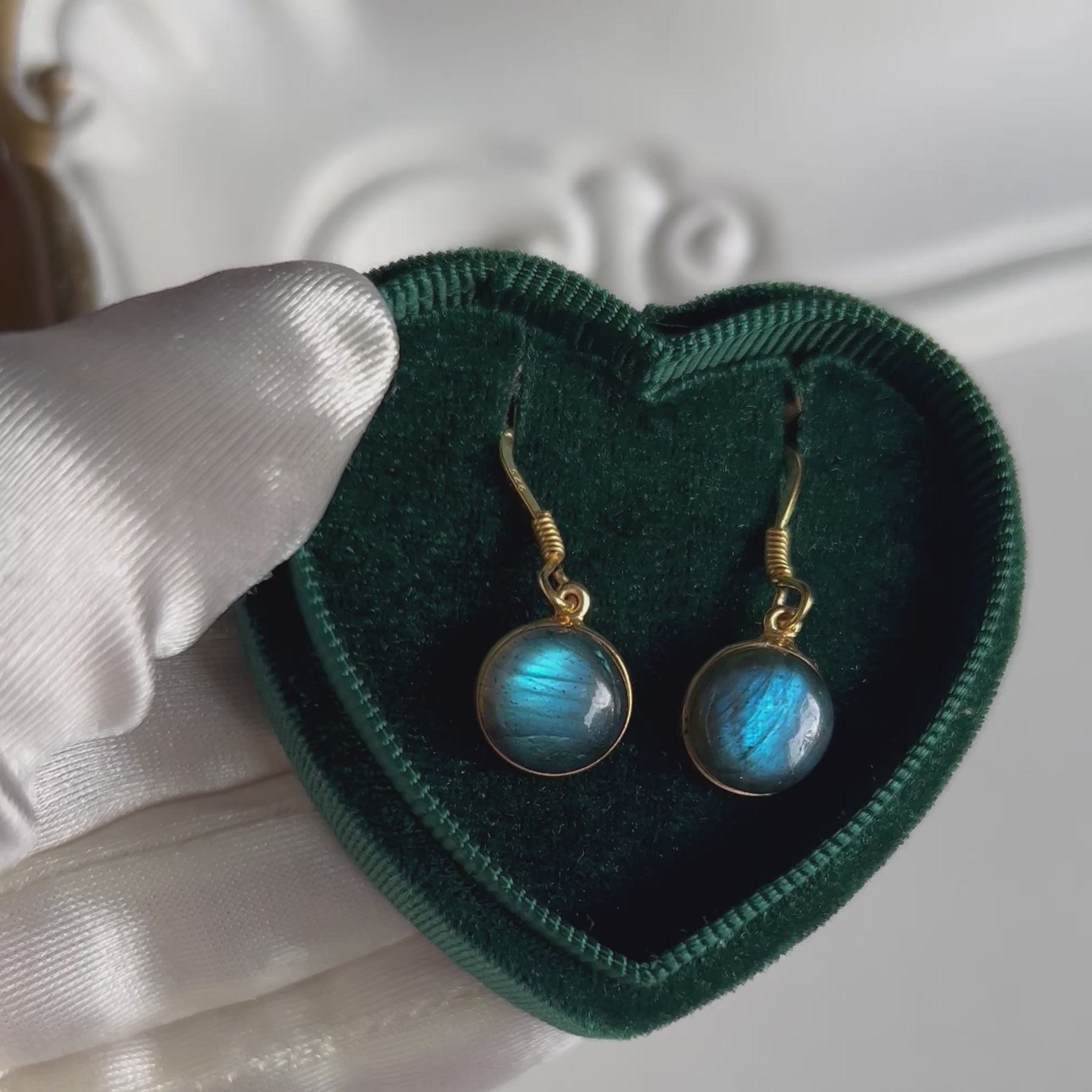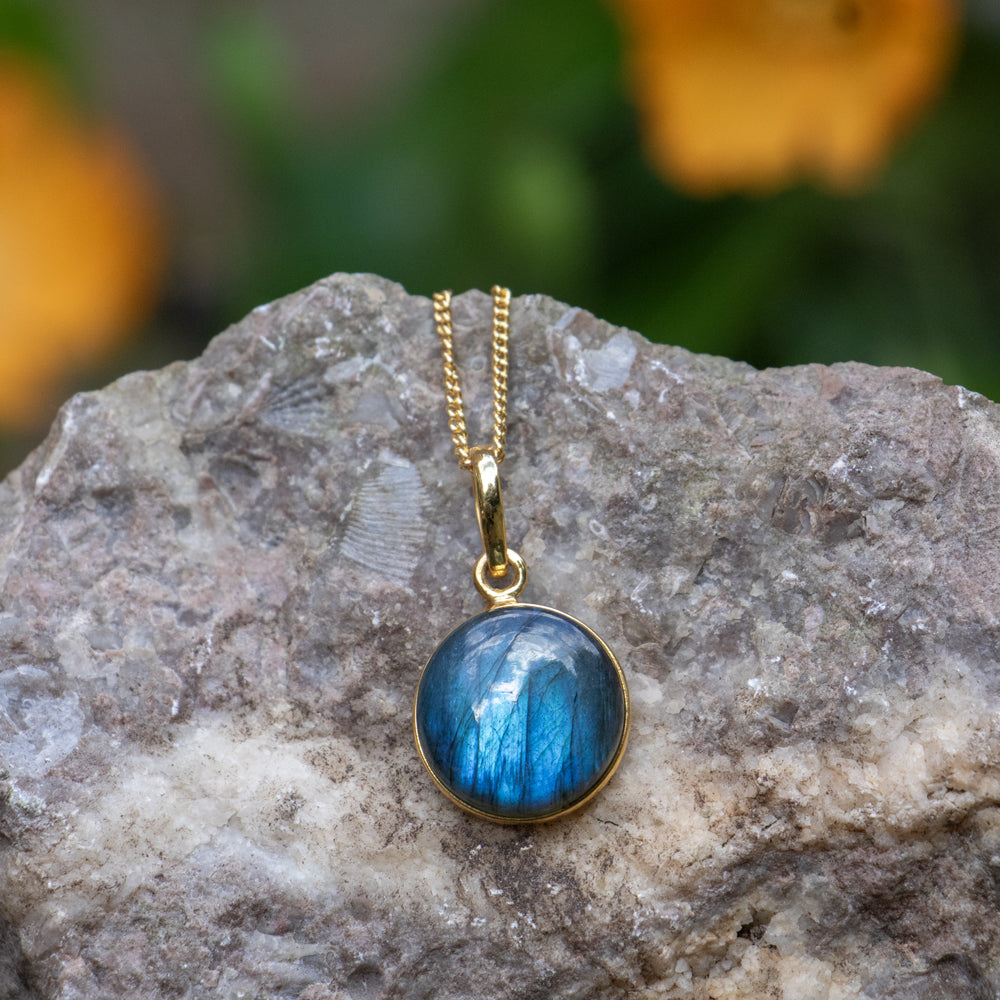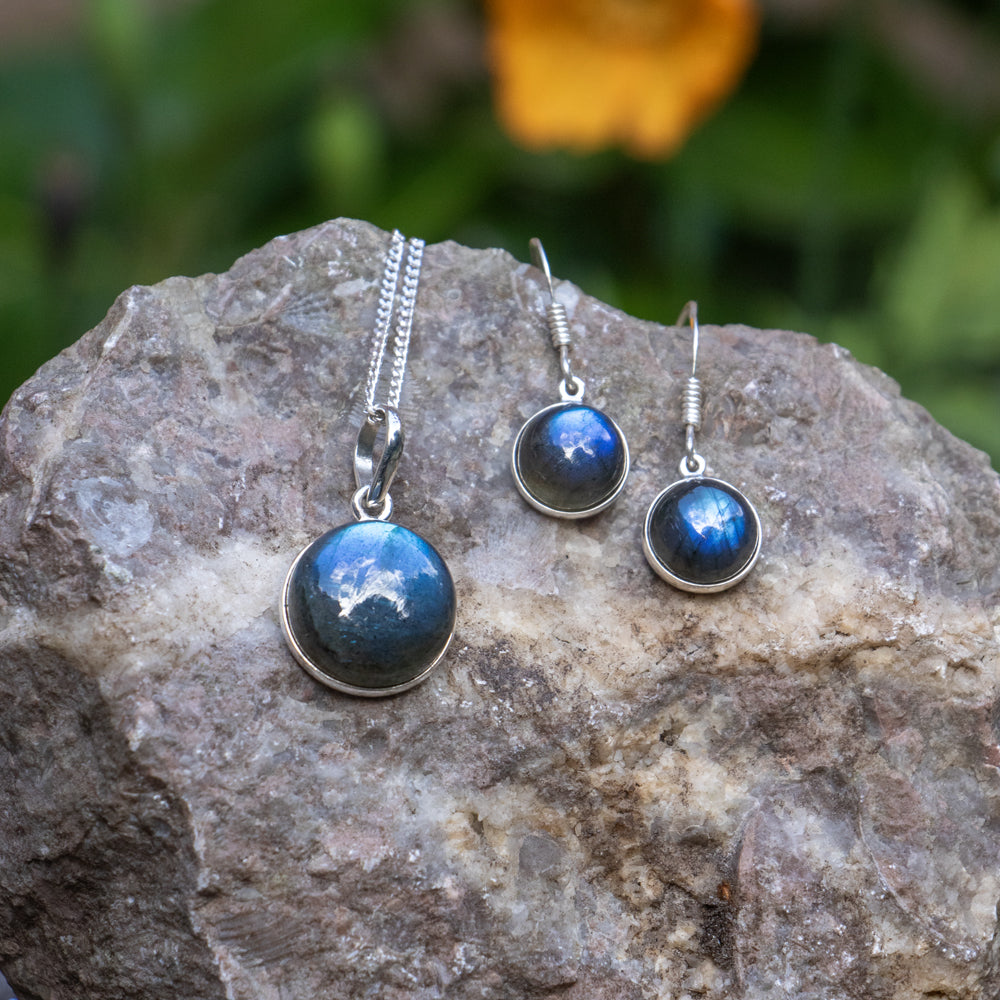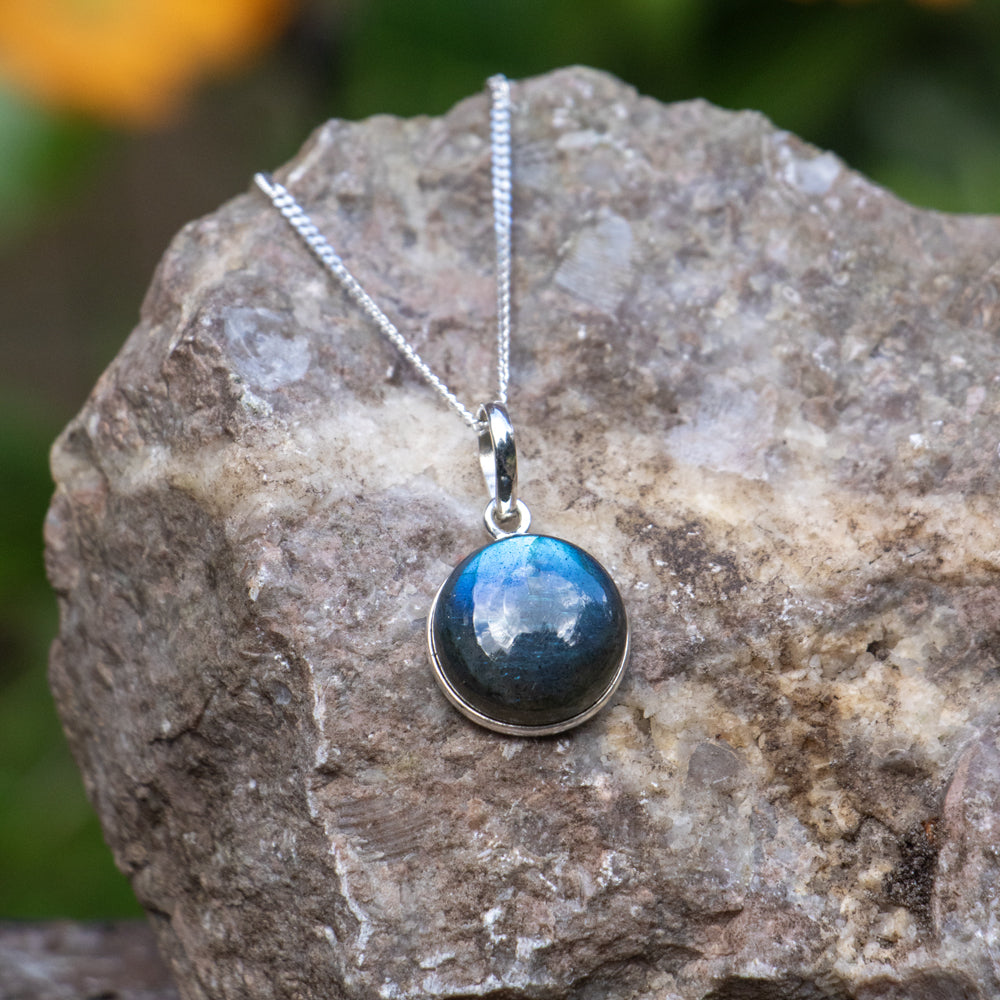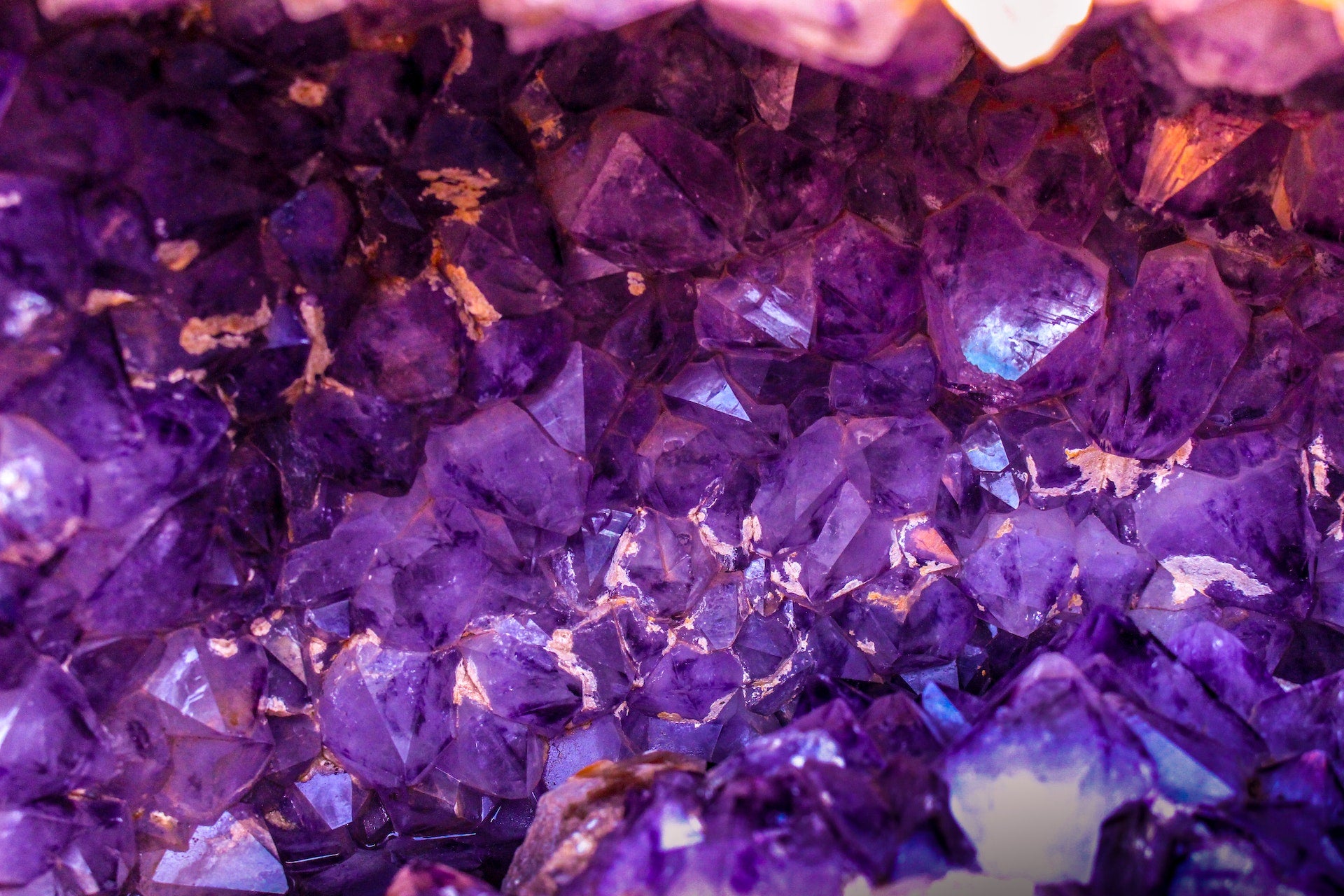
Amethyst in different cultures and traditions
Amethyst, the beautiful purple gemstone, has occupied a prominent place in various cultures and traditions around the world throughout the ages. Its unique color and enchanting beauty have always inspired and fascinated people. But the meaning and uses of amethyst go beyond its physical appearance. In this blog, we delve deeper into the world of amethyst and explore its role in various cultures and traditions.
Amethyst in Ancient Egyptian Culture
The ancient Egyptians considered amethyst an important gemstone associated with royalty and spiritual enlightenment. They believed that amethyst offered protection against negative energies and evil influences. Amethyst was often used in amulets and jewelry worn by pharaohs and high priests. In addition, amethyst was also used in the making of statues and amulets of the goddess Isis, who was associated with healing, protection, and fertility.Amethyst in Greek mythology
In Greek mythology, amethyst plays a role in one of the myths surrounding the god Dionysus. According to the legend, Dionysus became furious with the people and decided to send an army of tigers and panthers against them. A young virgin named Amethyste begged the gods for help and was turned into an amethyst to protect her from Dionysus' wrath. After Dionysus repented, he shed tears of regret that colored the white crystals of the amethyst. This myth gave rise to the belief that amethyst offers protection against drunkenness and intoxication.Amethyst in the spiritual traditions of India
In the spiritual traditions of India, particularly in Hinduism and Buddhism, amethyst has special significance. In Hinduism, amethyst is associated with the crown chakra, the energy center that represents enlightenment and spiritual connection. Wearing or using amethyst is seen as a way to promote spiritual growth and achieve inner peace. In Buddhism, amethyst is often used during meditation to calm the mind and promote spiritual clarity.Amethyst as a birthstone and wedding gift
In addition to its cultural and spiritual meanings, amethyst is also recognized as the birthstone for the month of February. People born in February have amethyst as their symbolic stone, which is associated with calmness, clarity, and intuition. In addition, amethyst is also often given as a gift in celebration of the sixth and seventeenth wedding anniversaries, as it is considered a symbol of love, connection, and spiritual growth.The versatility of amethyst in the world of jewelry
Due to its beauty and meaning, amethyst is a beloved stone in the world of jewelry. It is often used in rings, necklaces, bracelets and earrings, both in beautiful gemstone settings and in more subtle designs. Amethyst adds a touch of elegance and spirituality to any piece of jewelry and can be worn both day and night.In short, amethyst has a rich history and meaning in different cultures and traditions around the world. It is valued for its protective properties, spiritual connection, and beauty. Whether you are interested in the spiritual aspects of amethyst, the mythological stories behind it, or simply love its enchanting purple color, amethyst is a gemstone that is sure to impress. Discover the world of amethyst and let yourself be enchanted by its magic.


